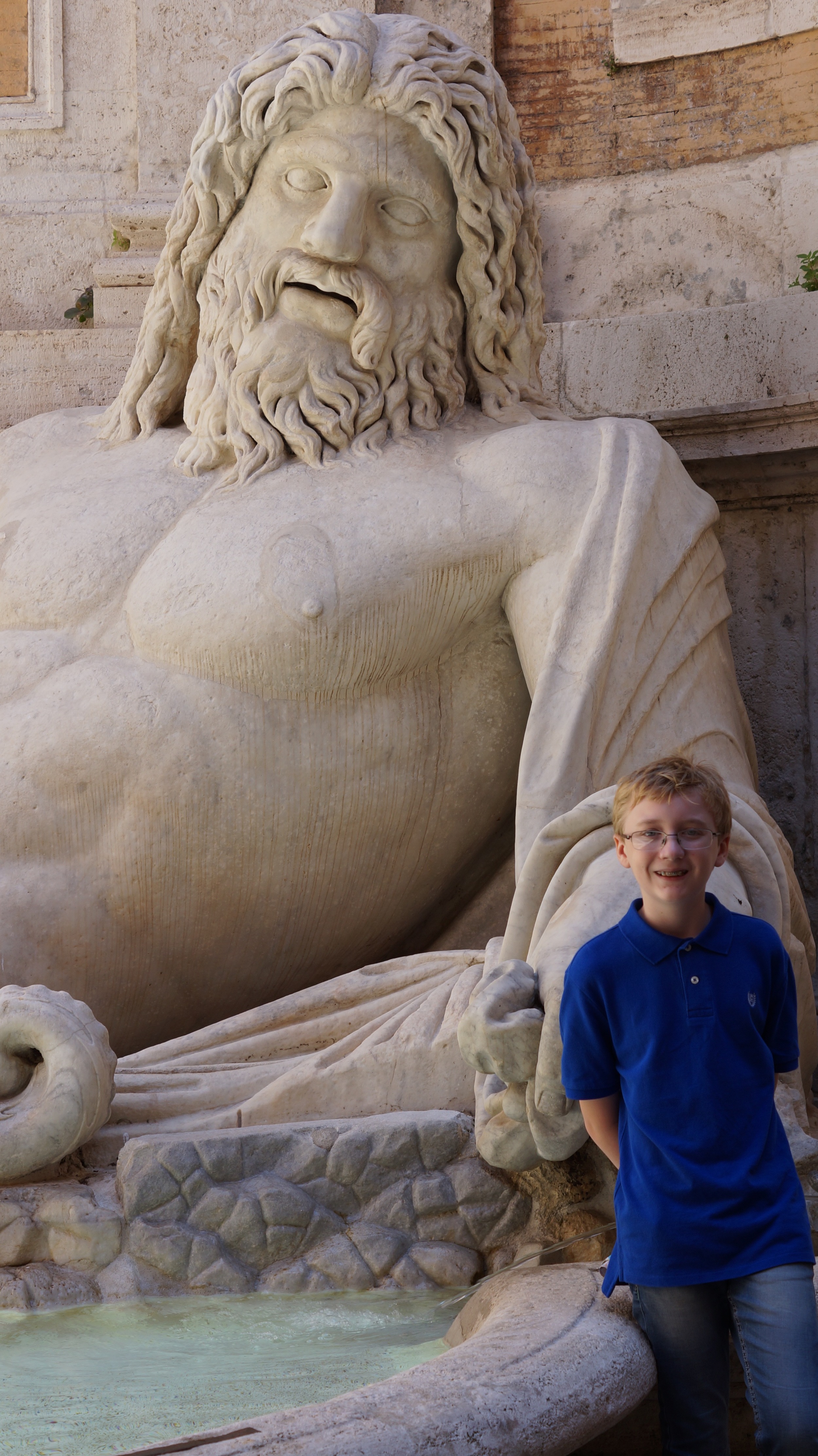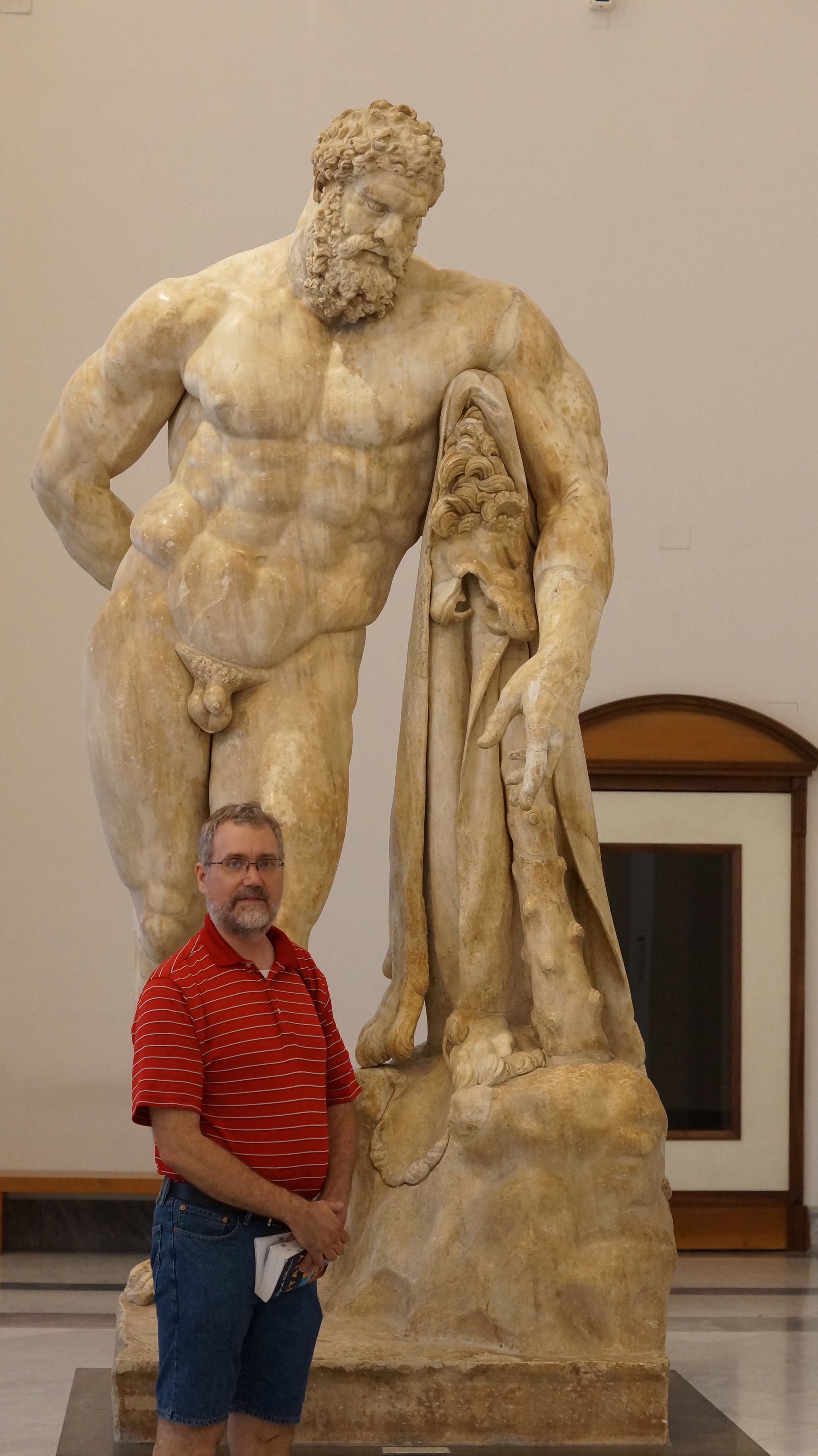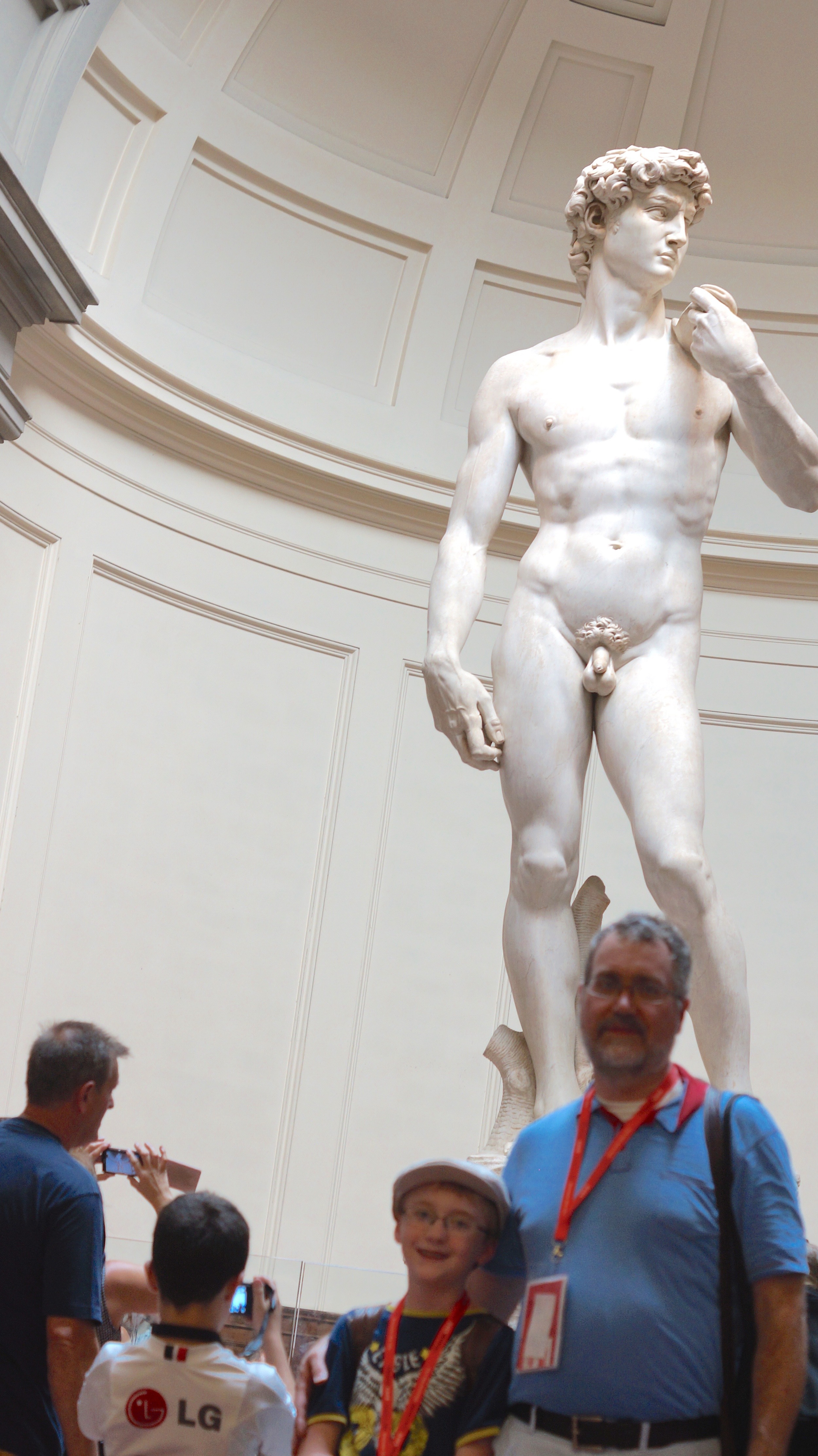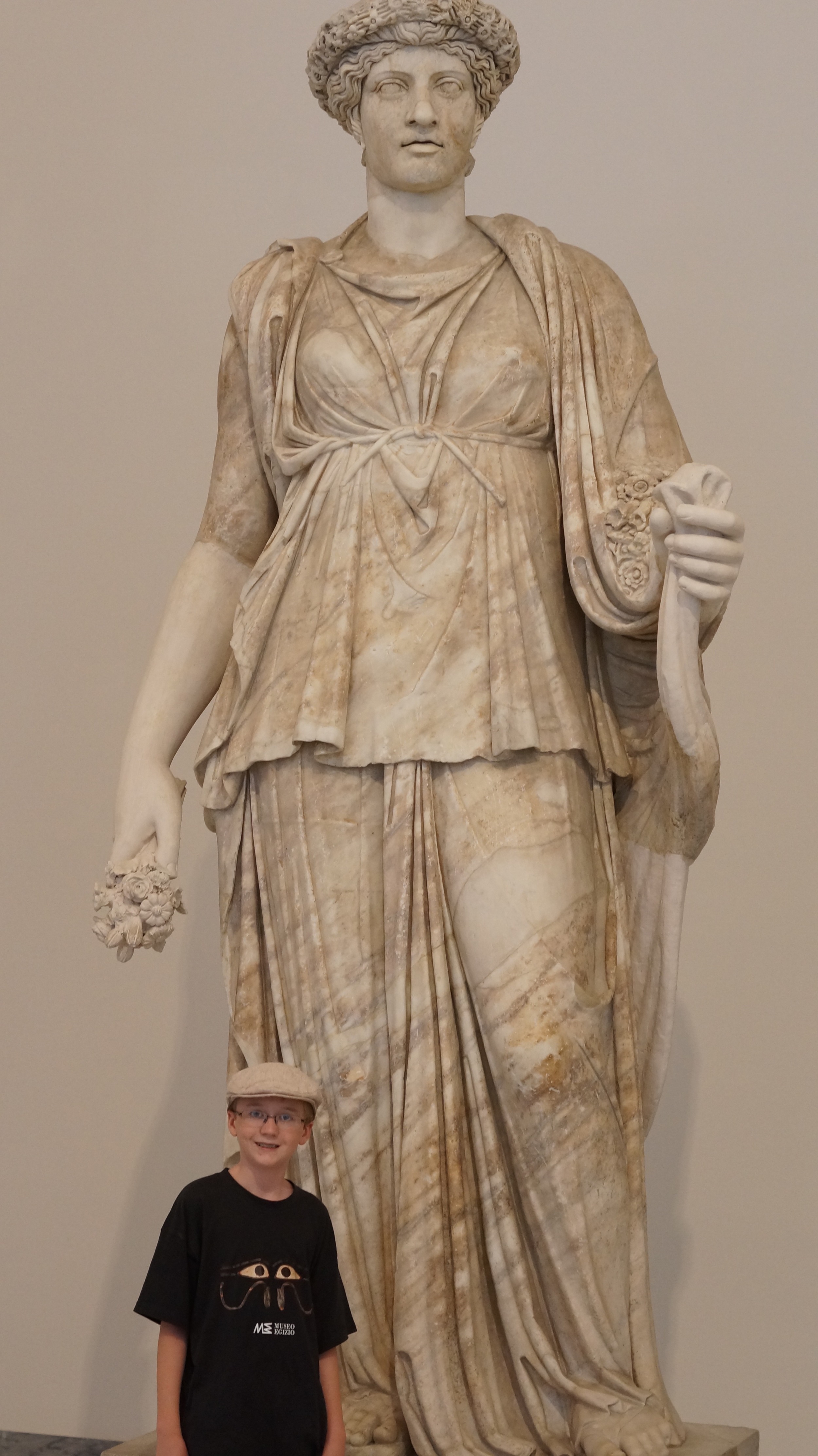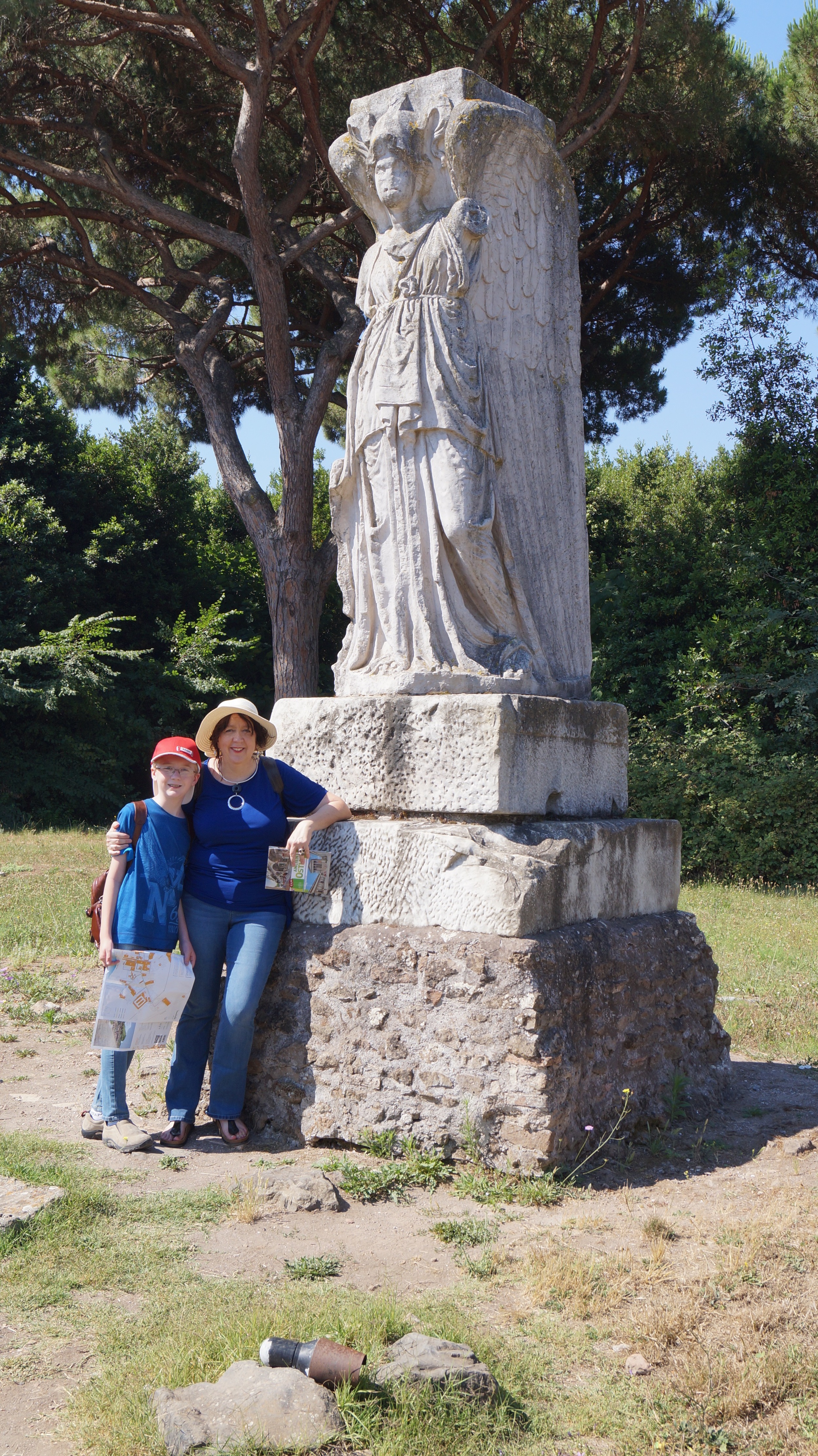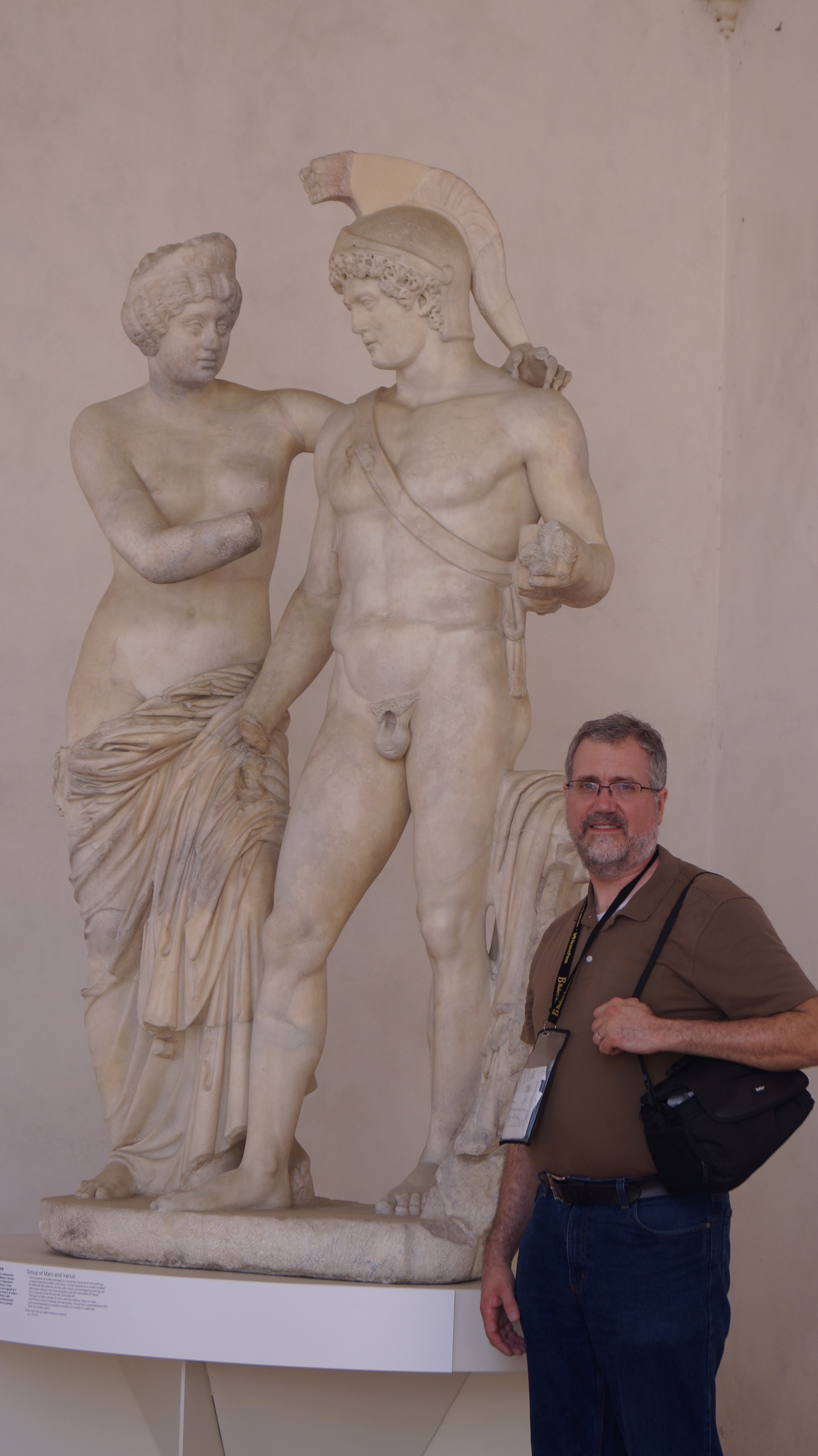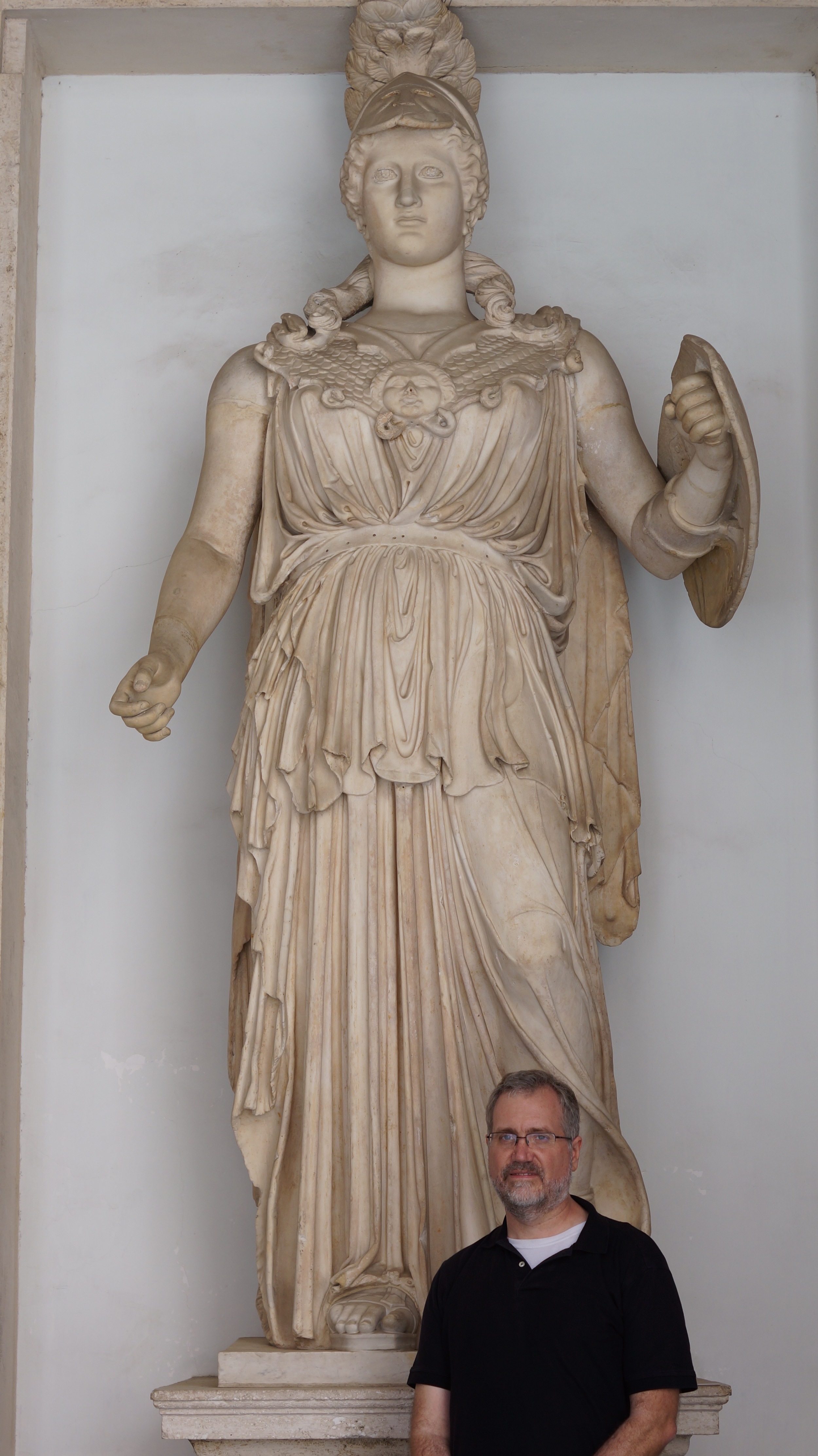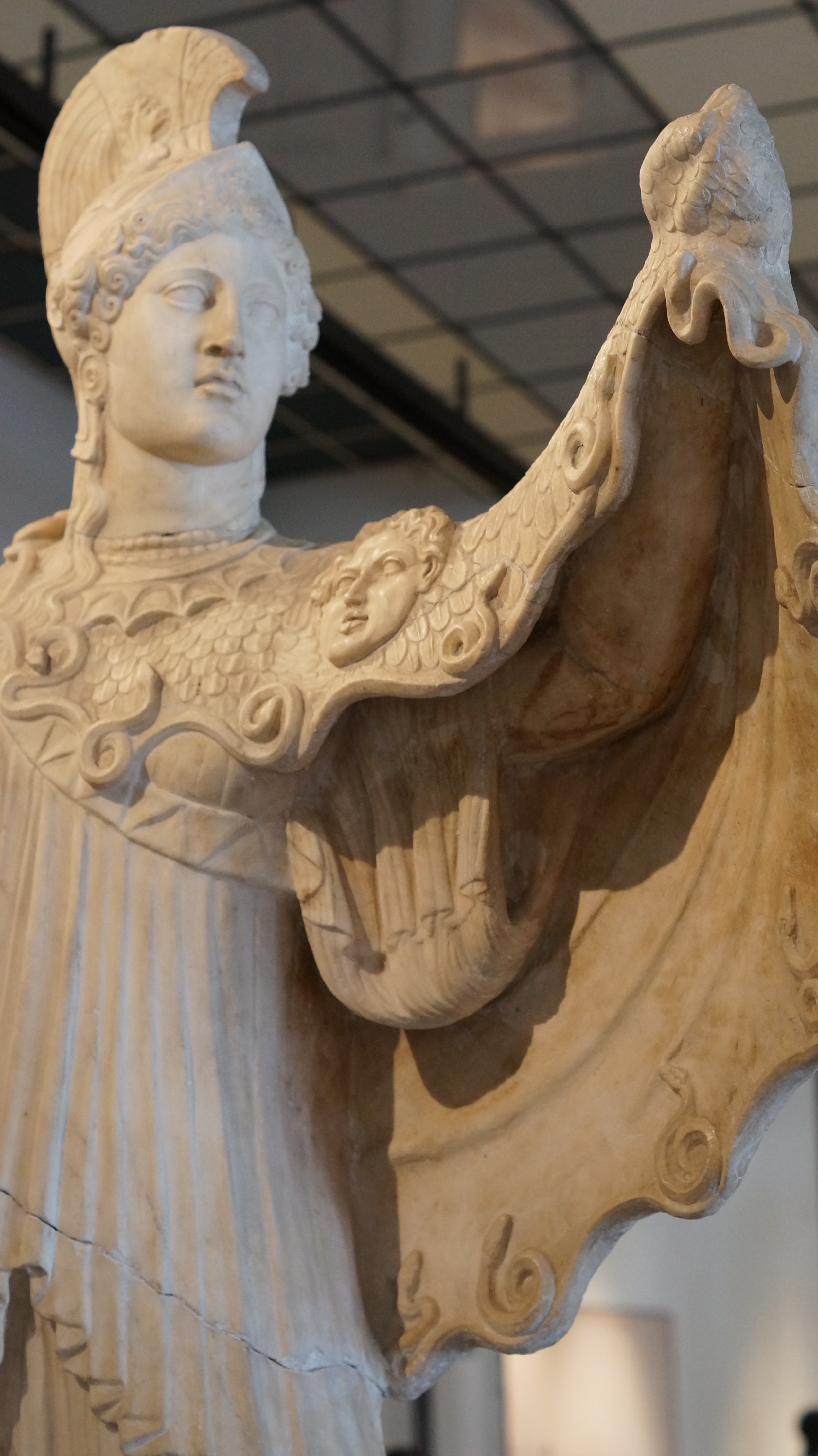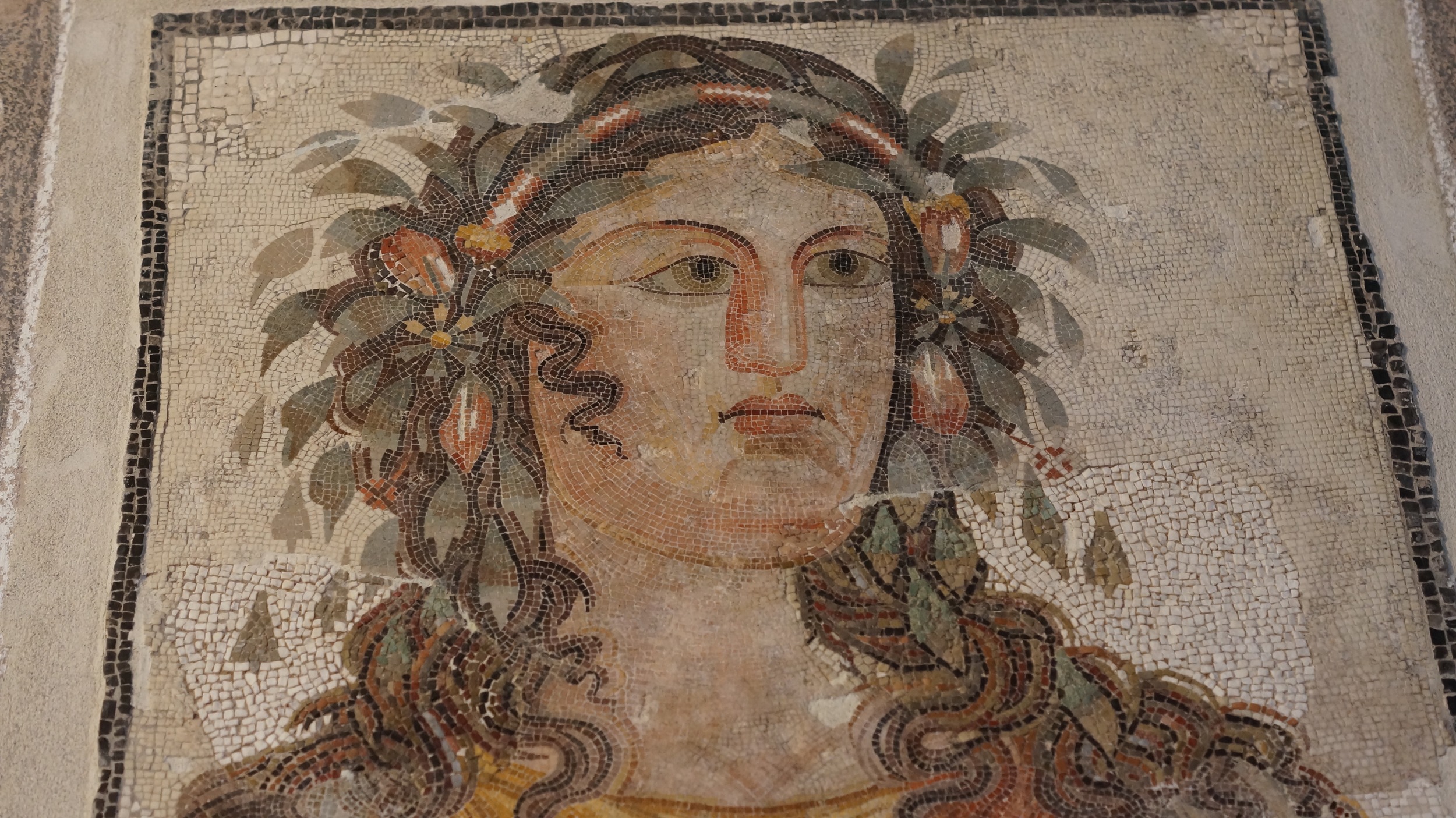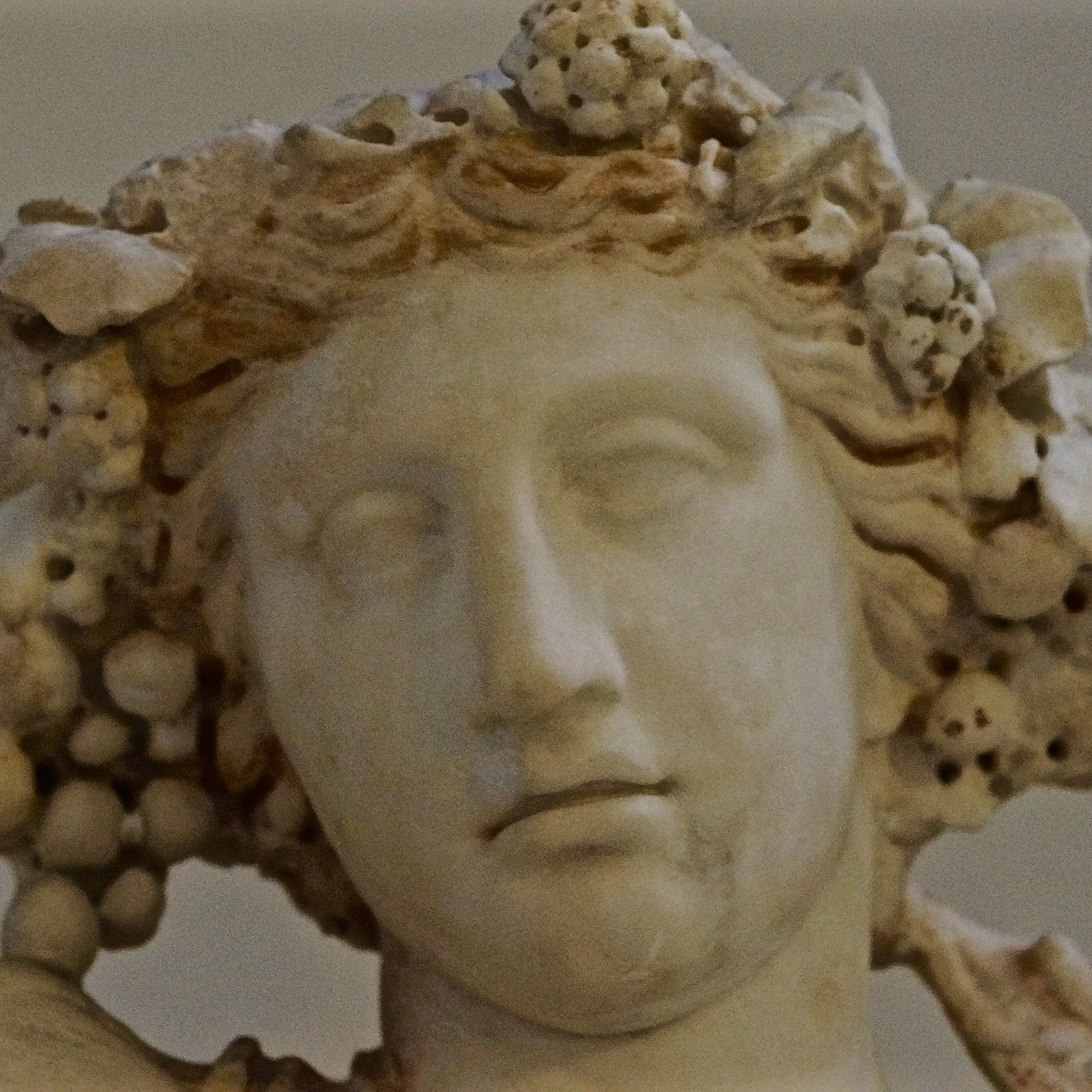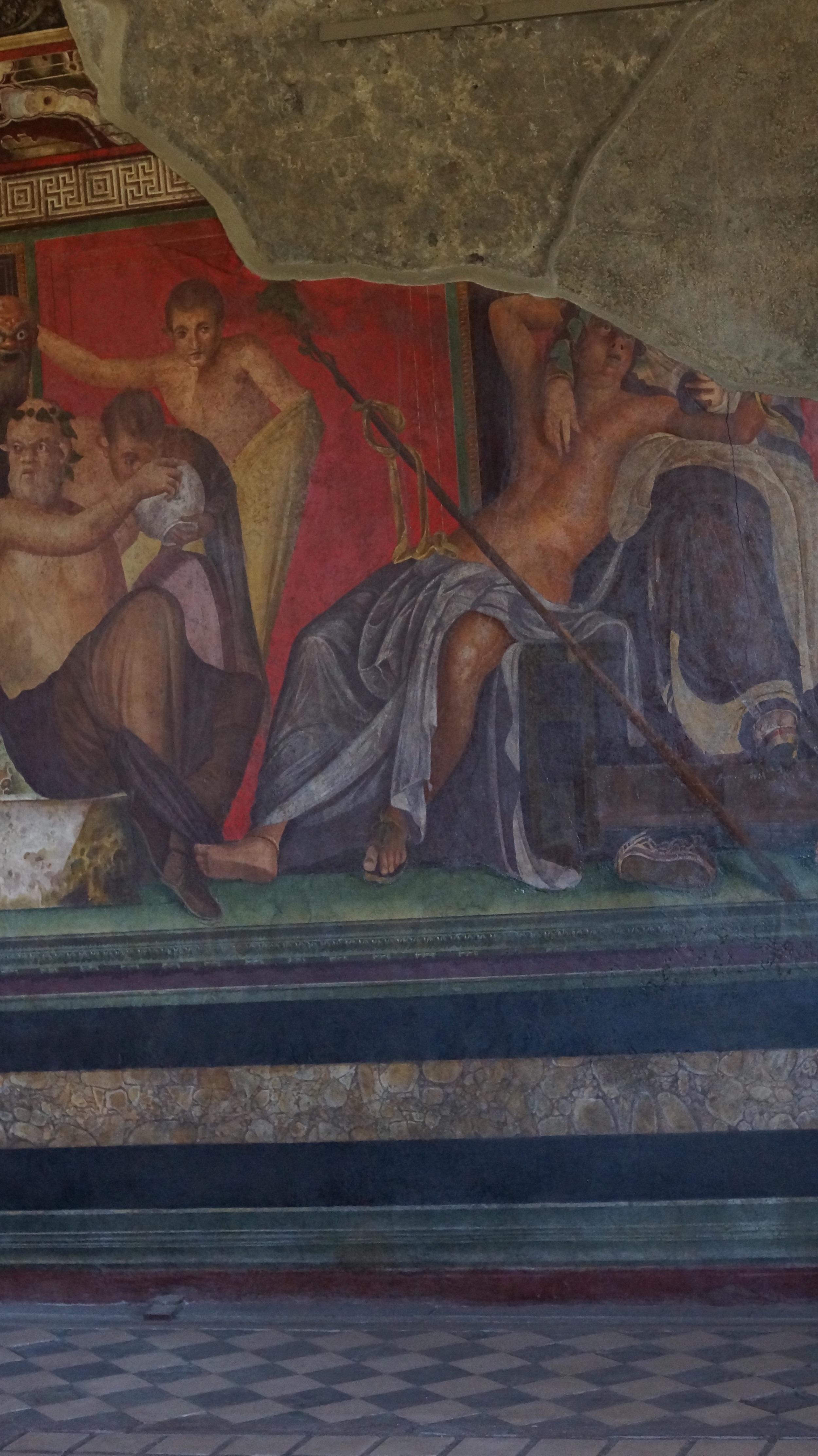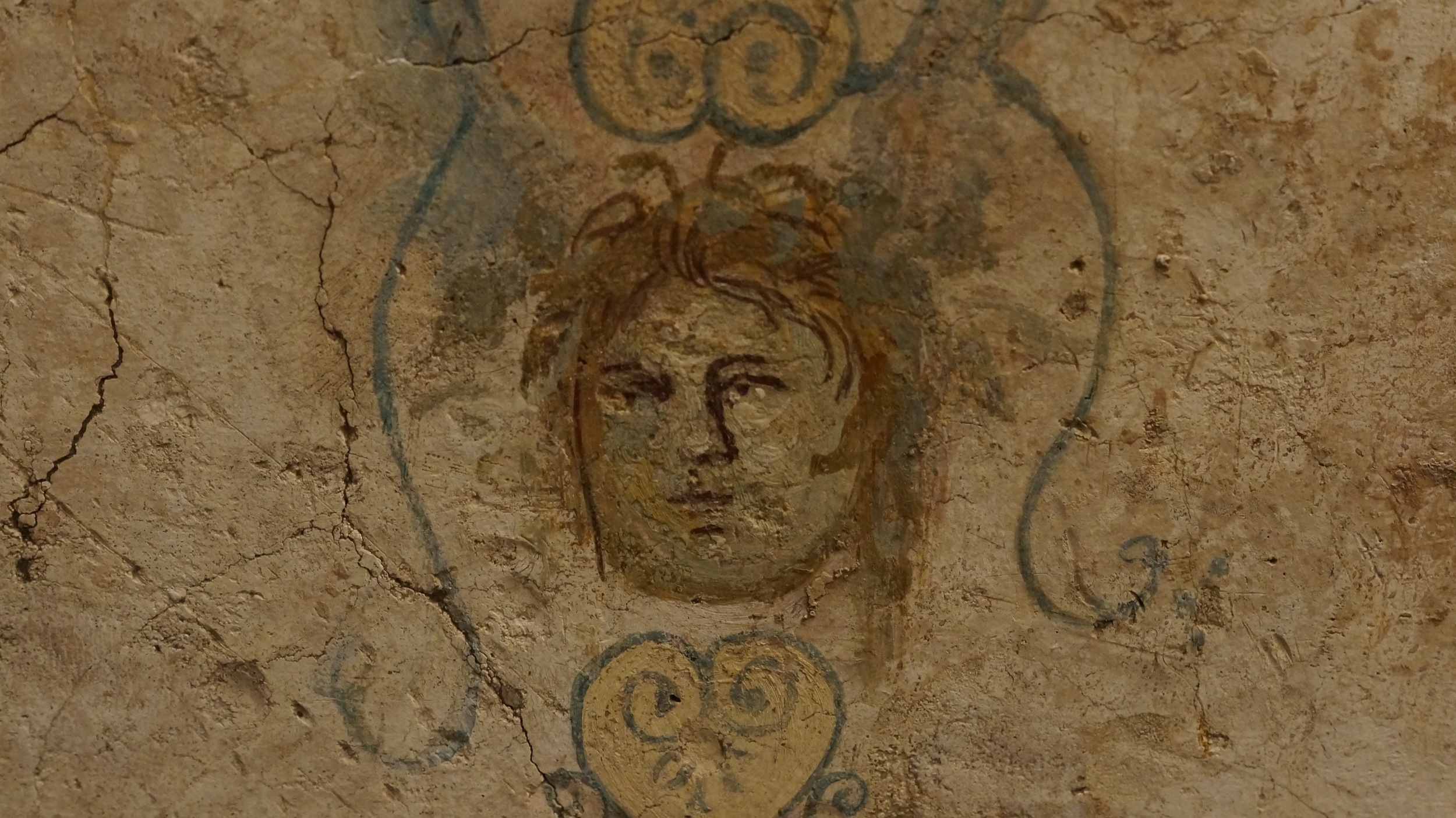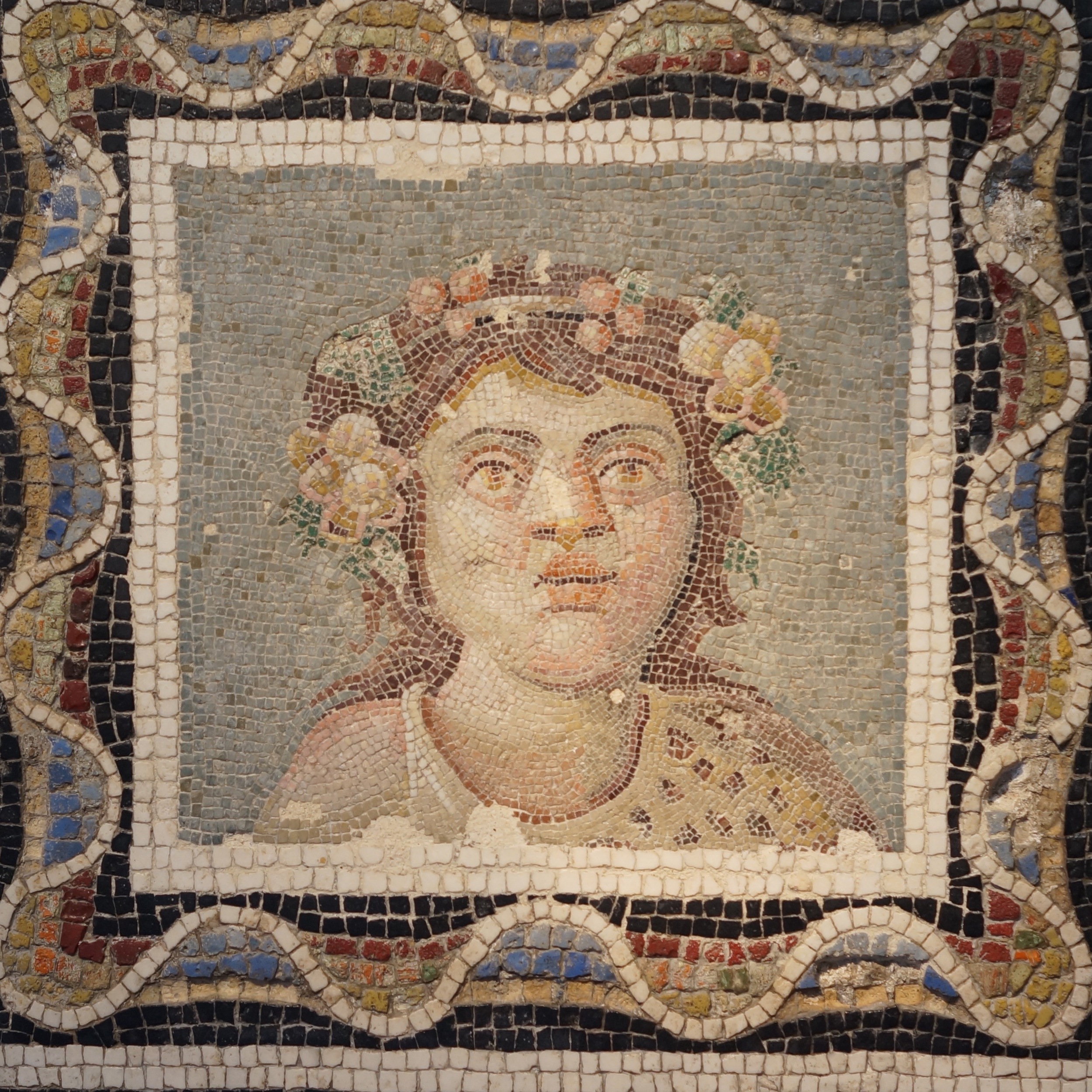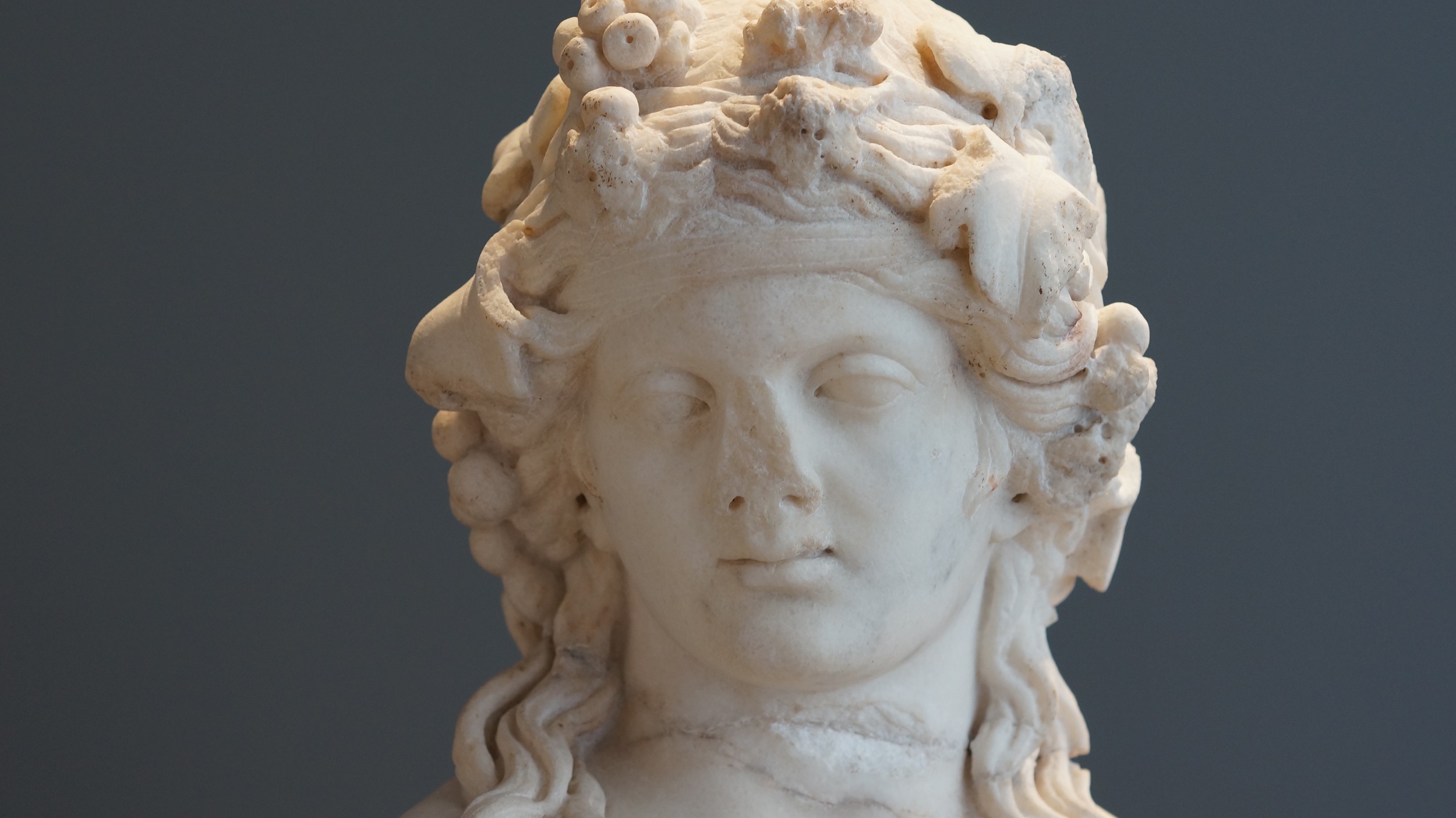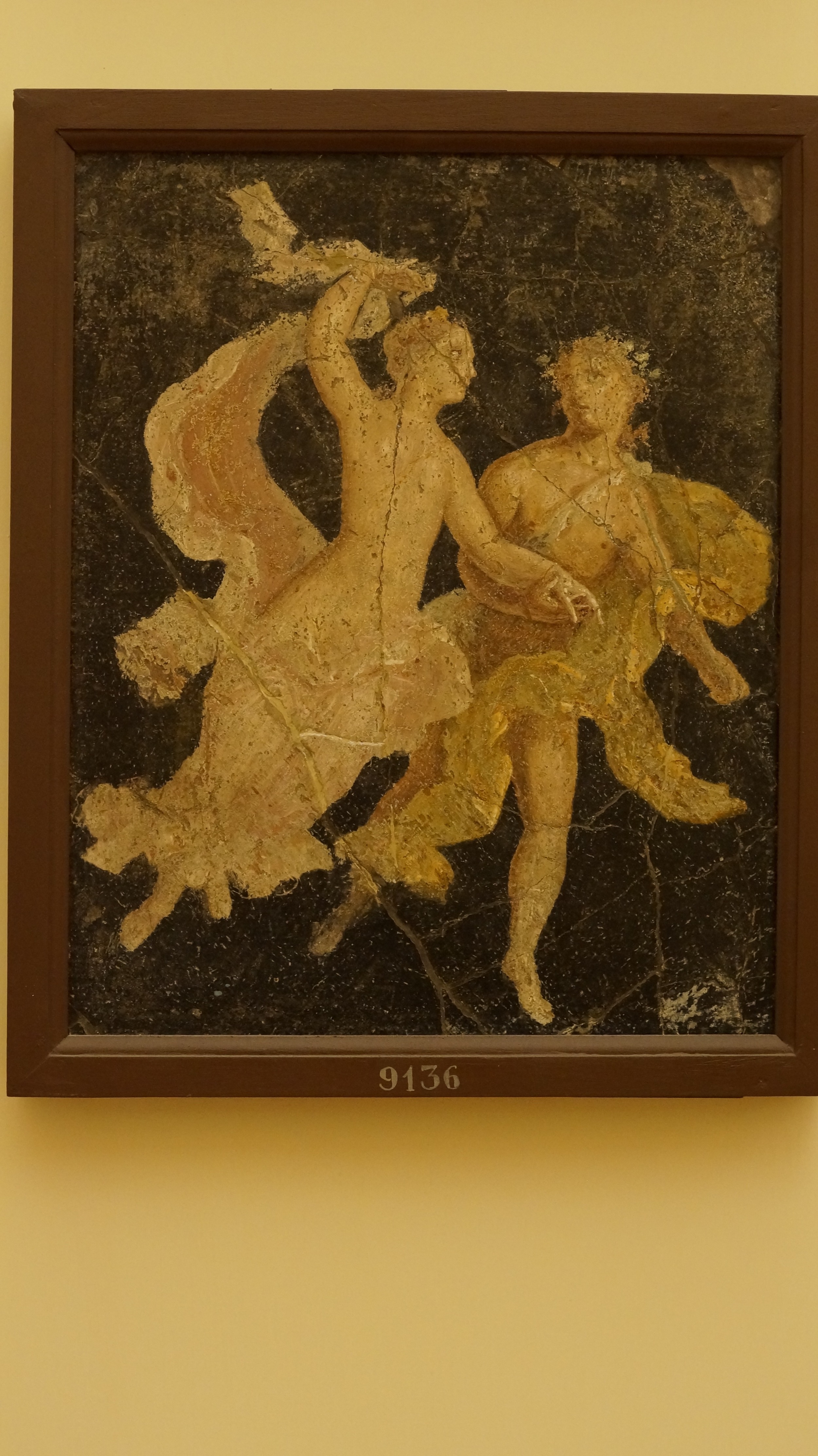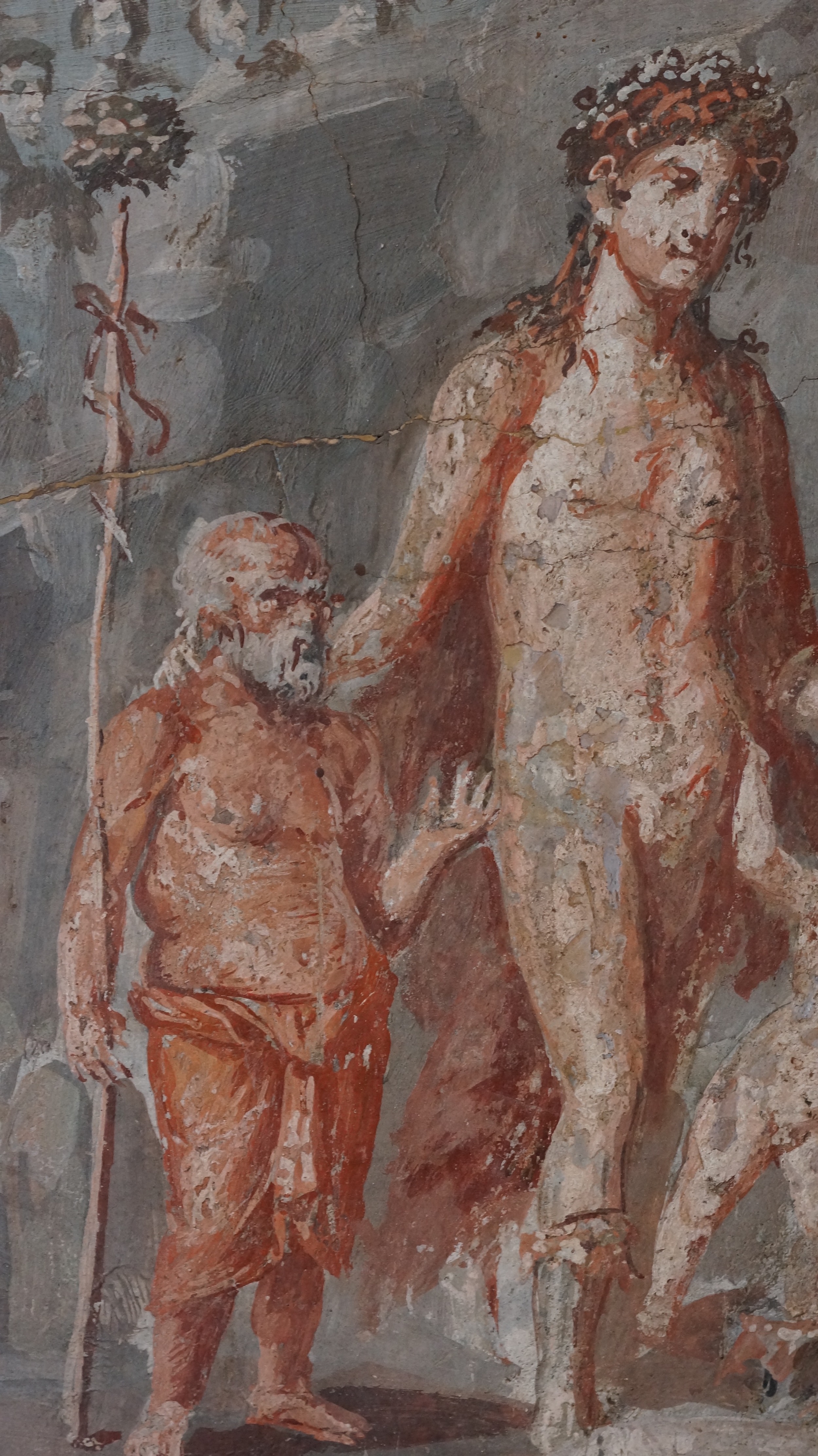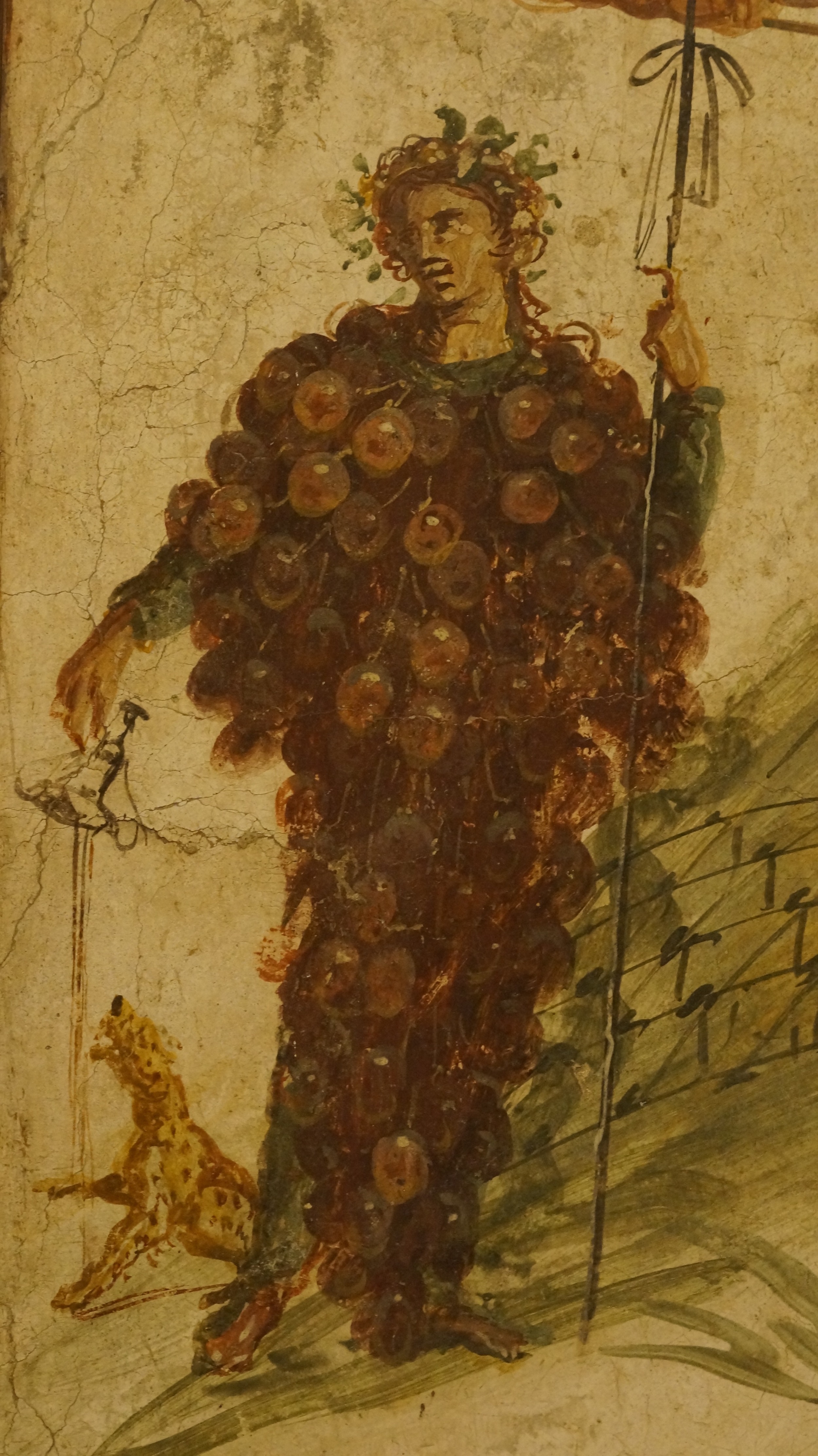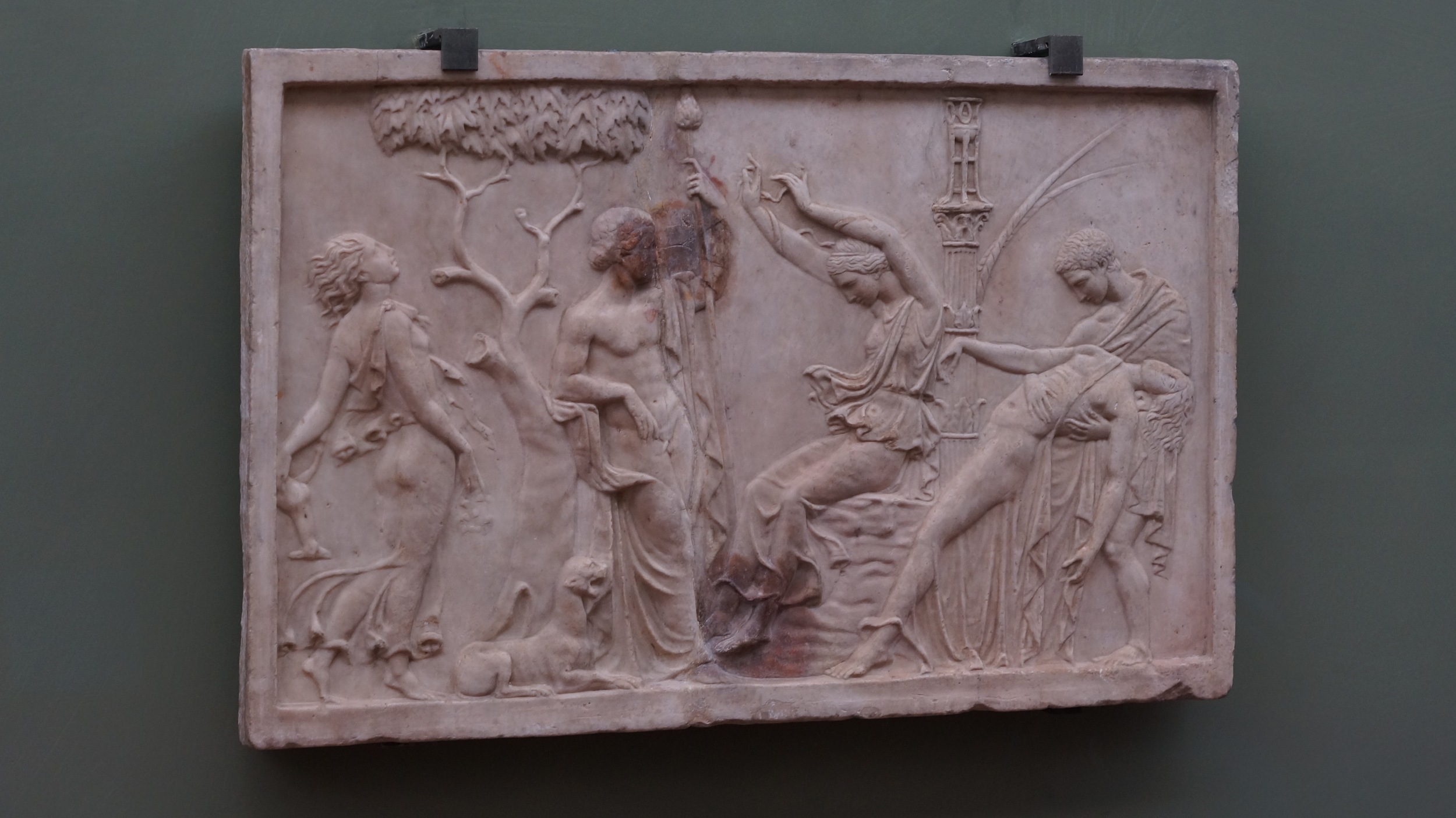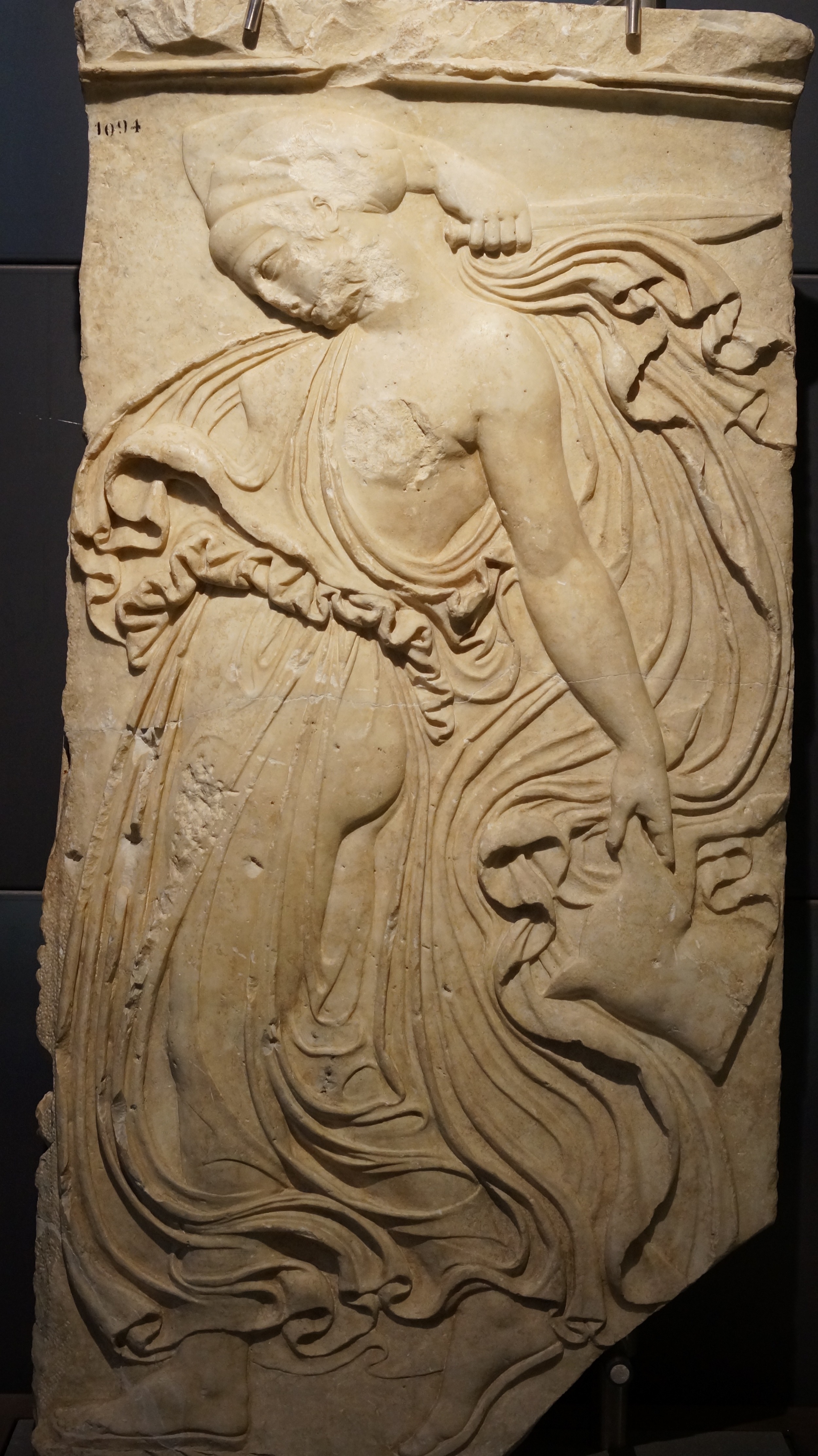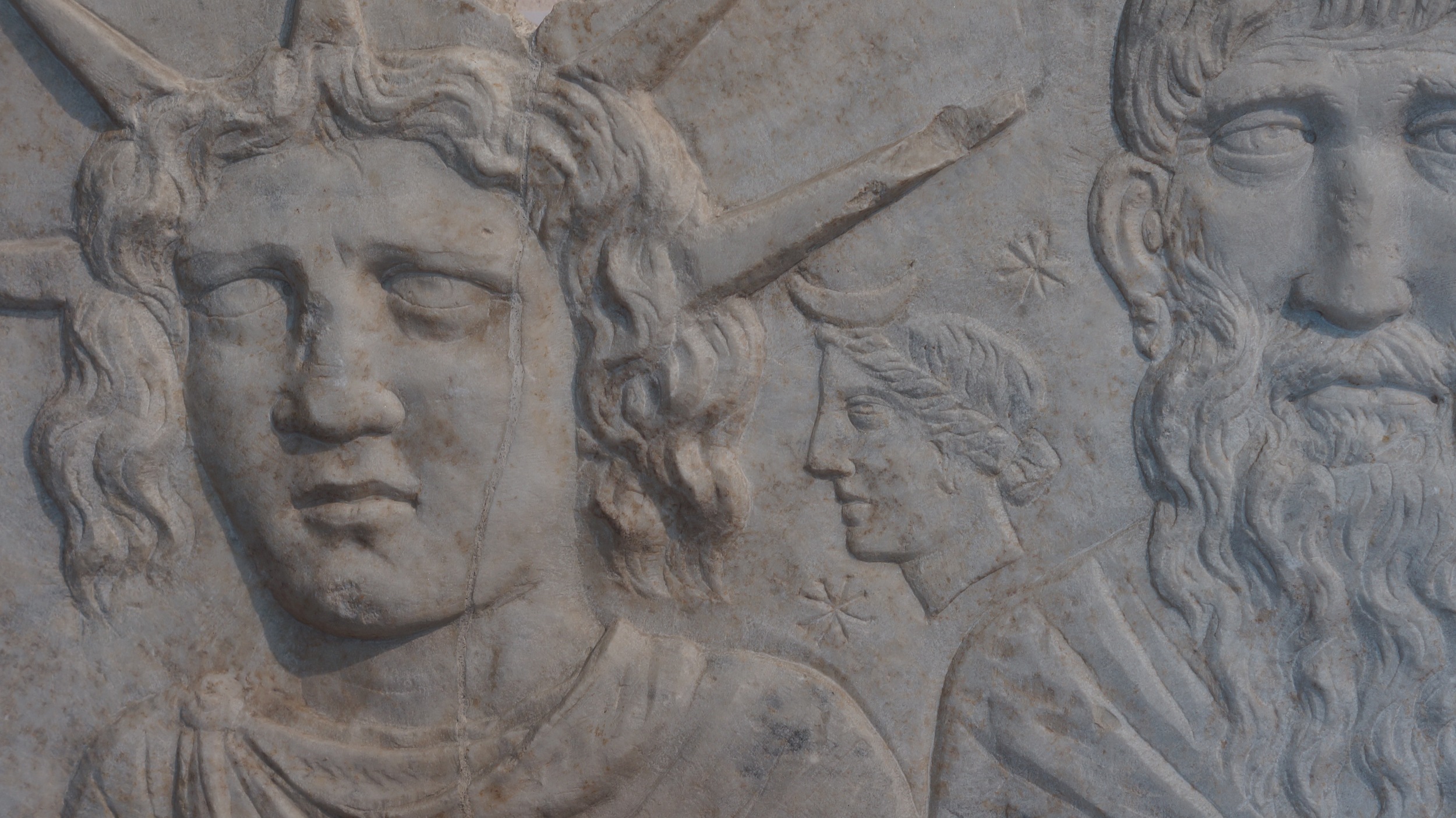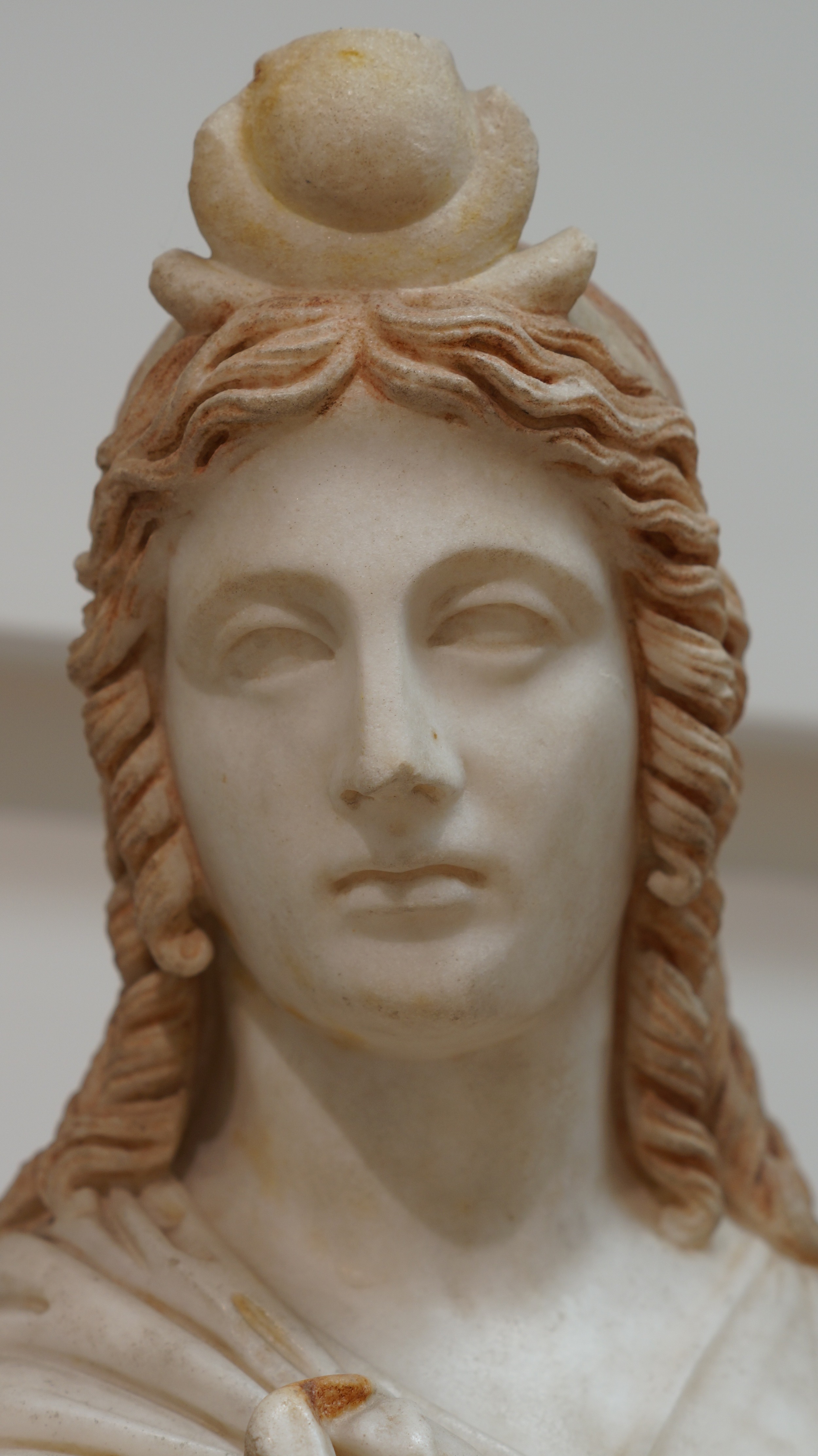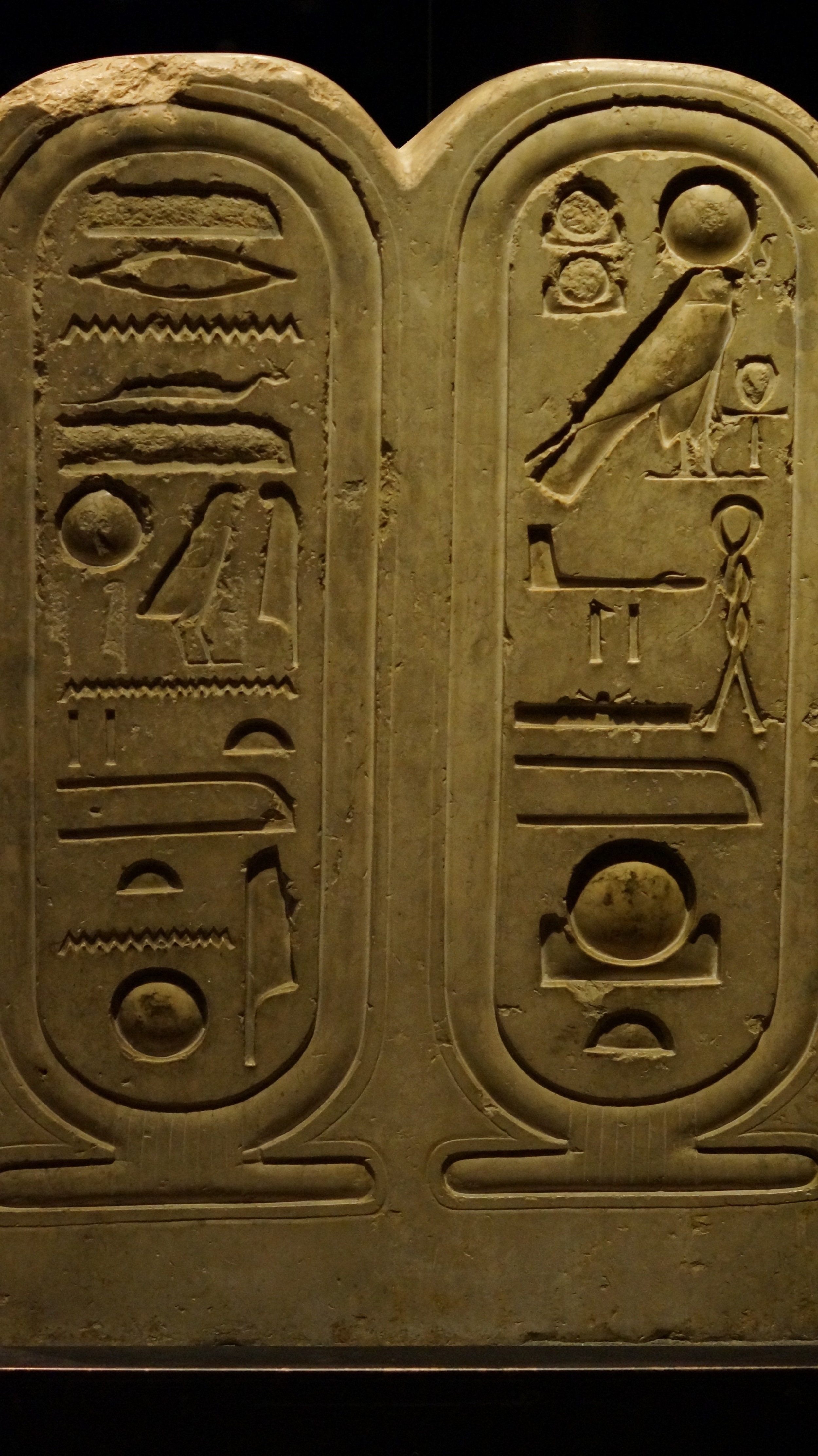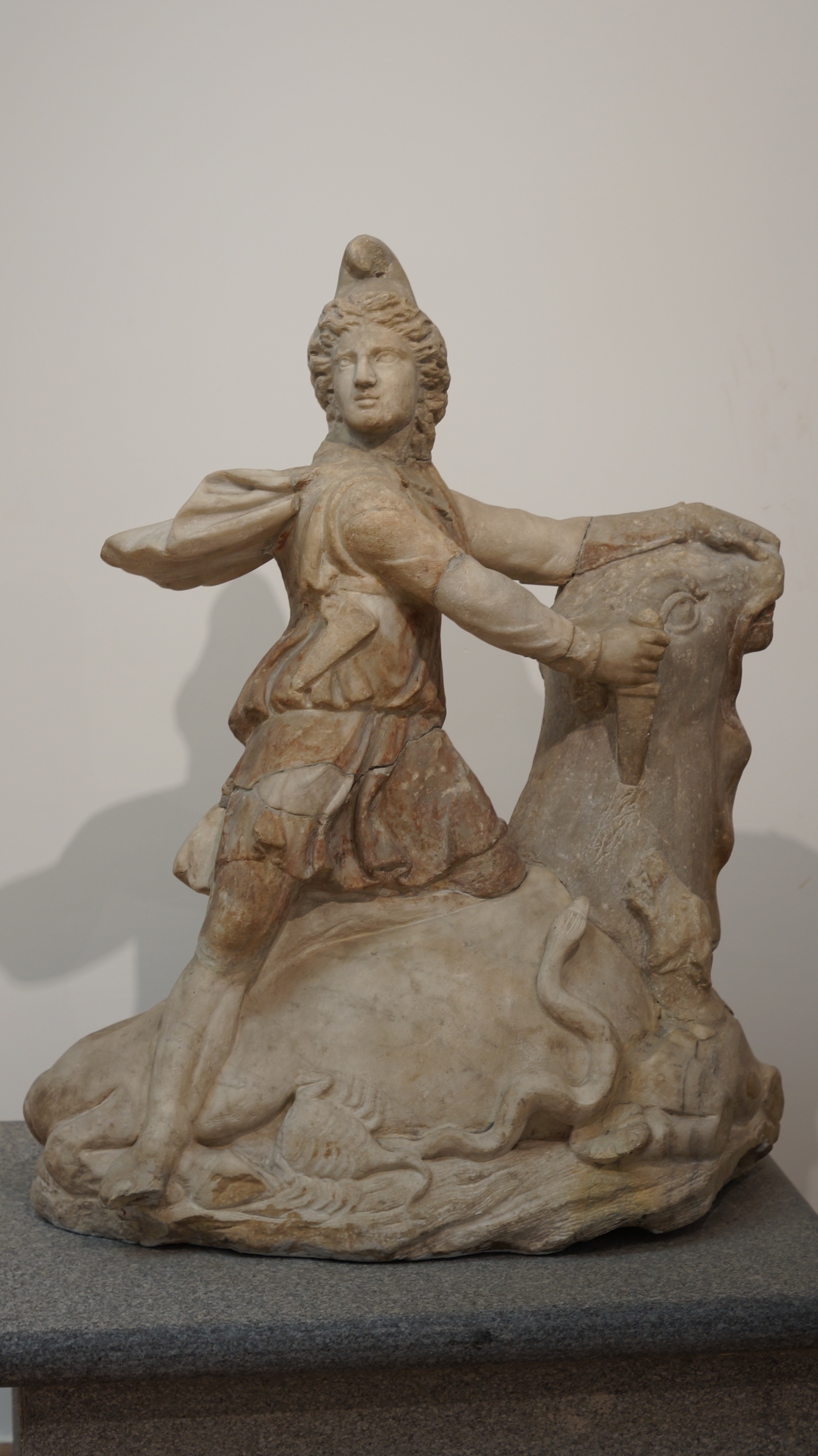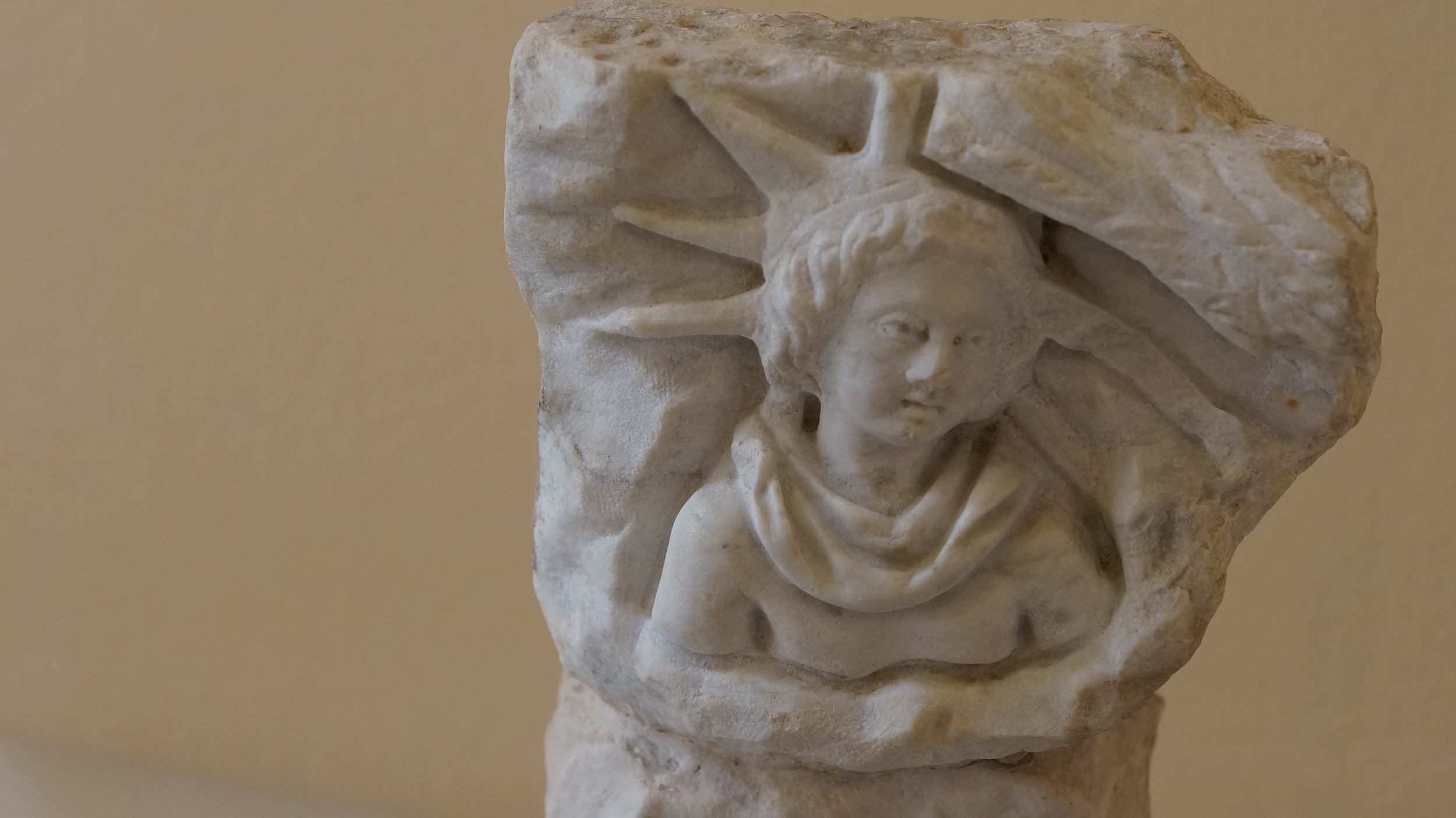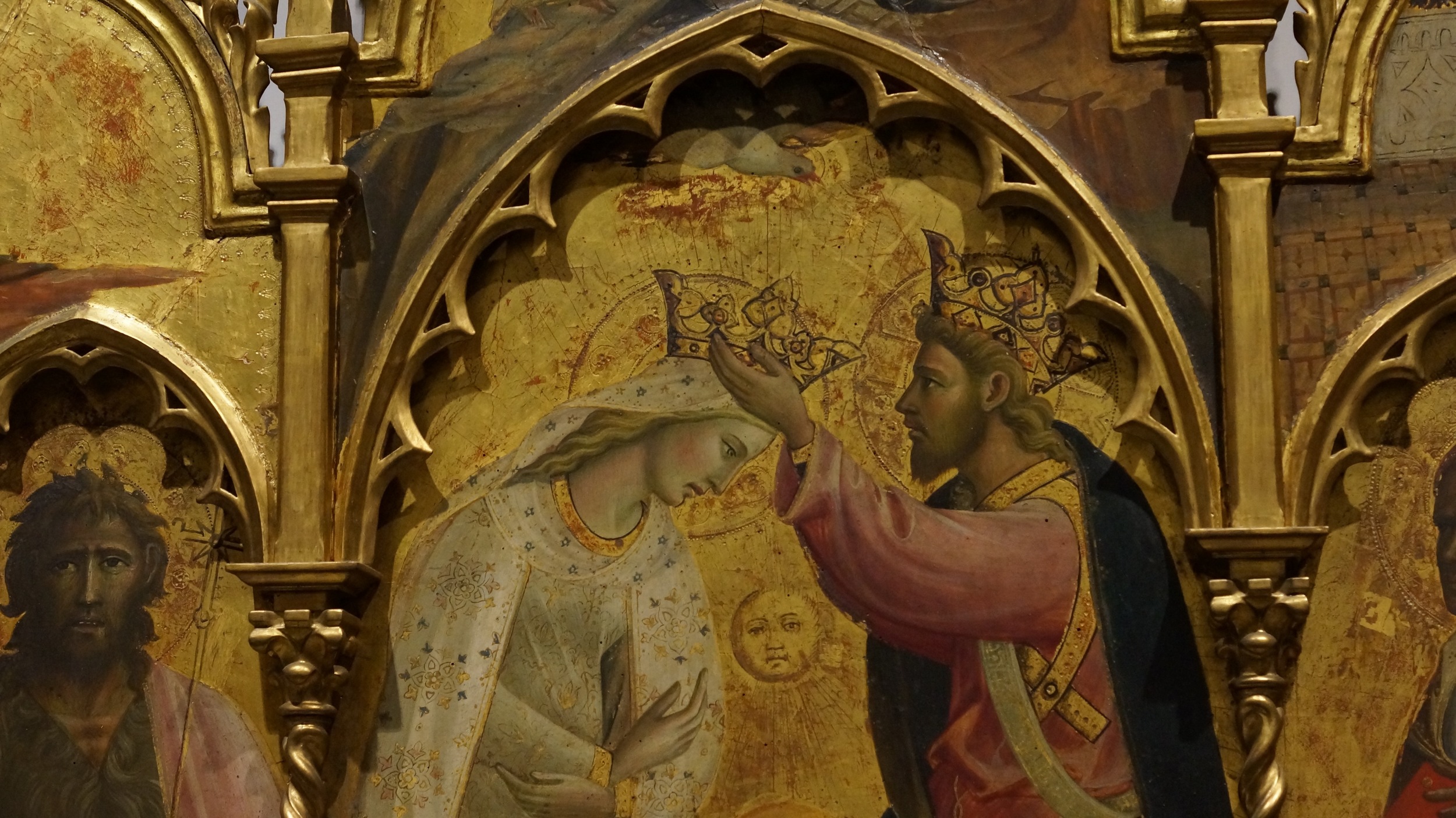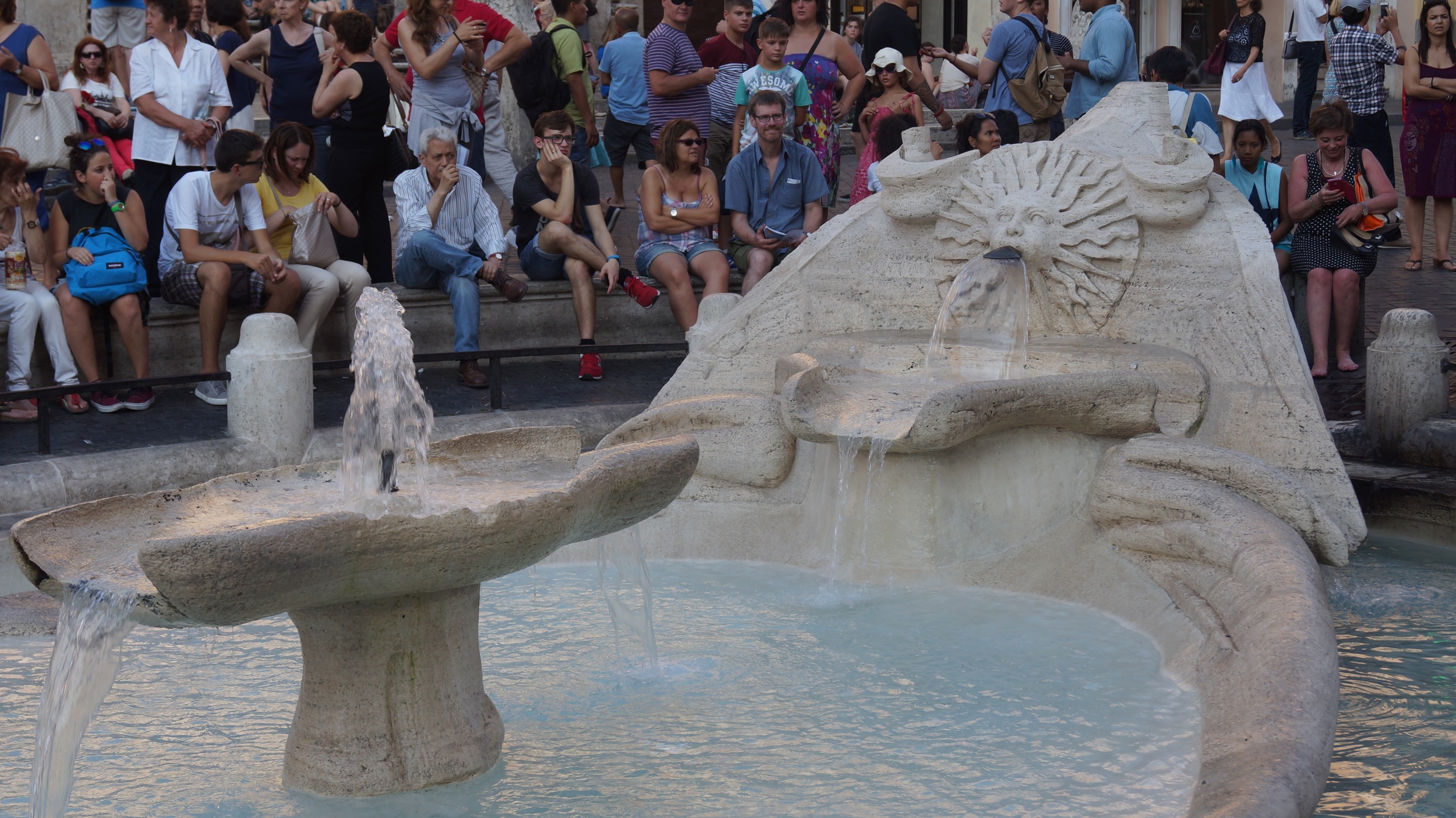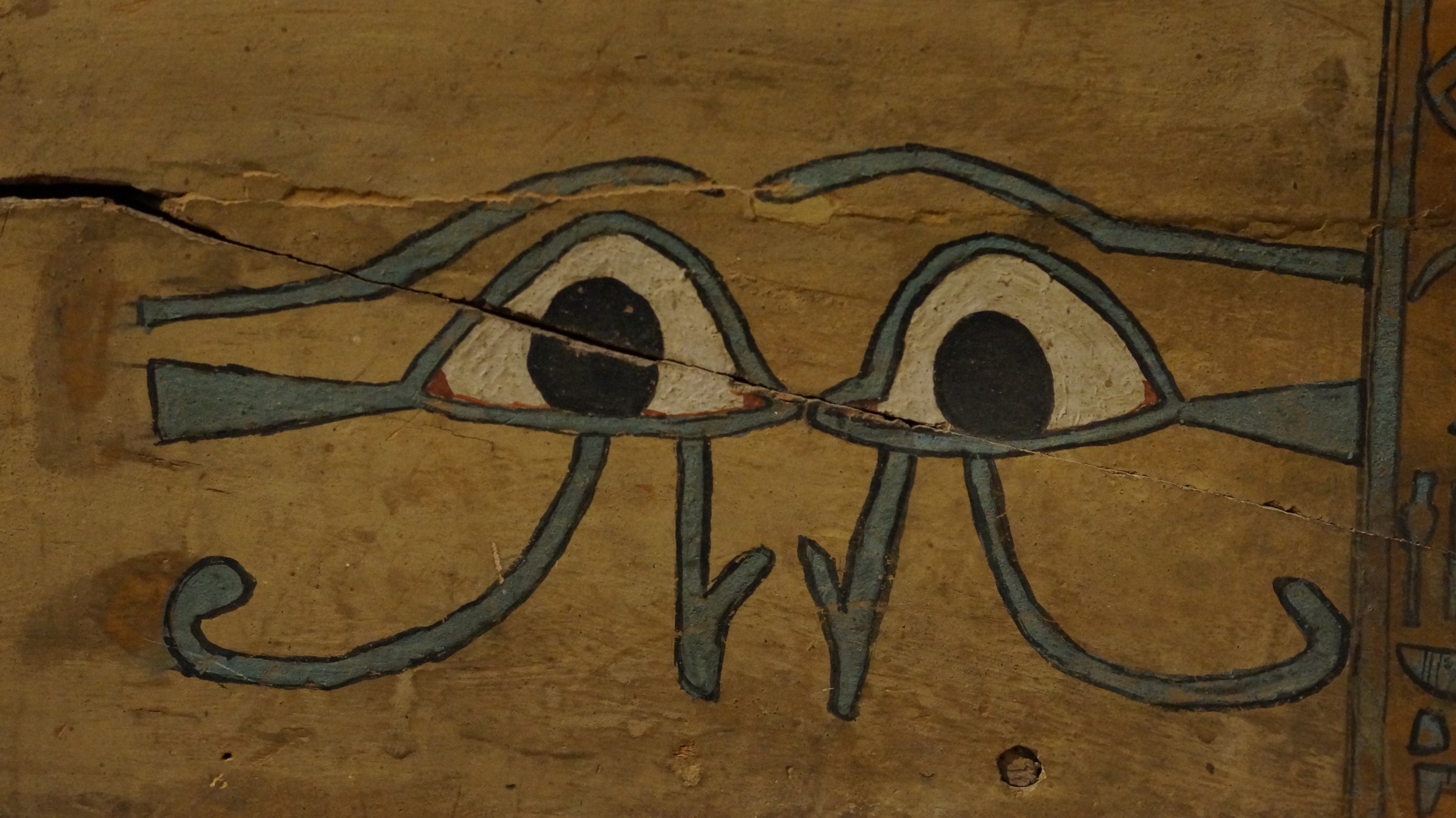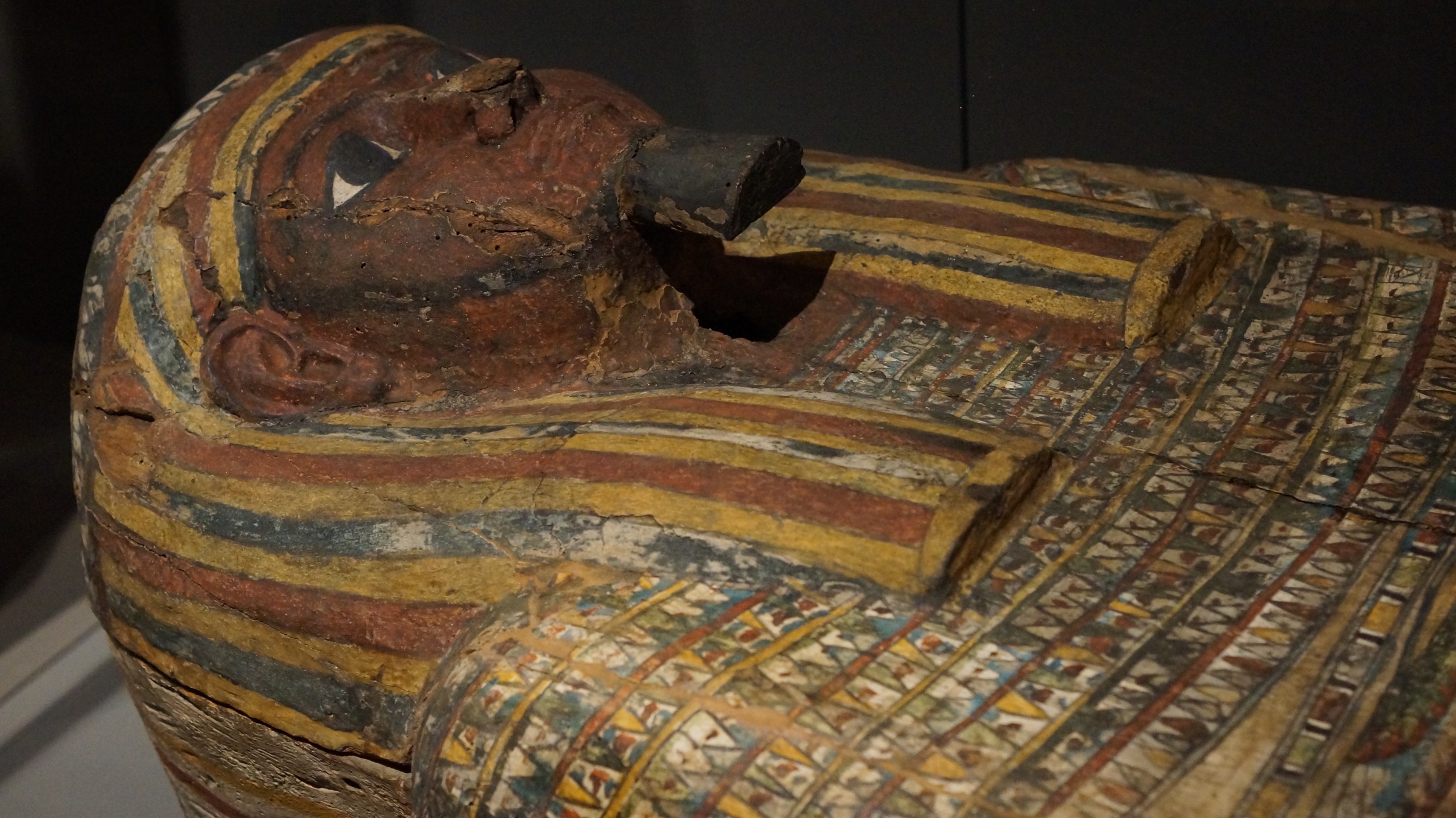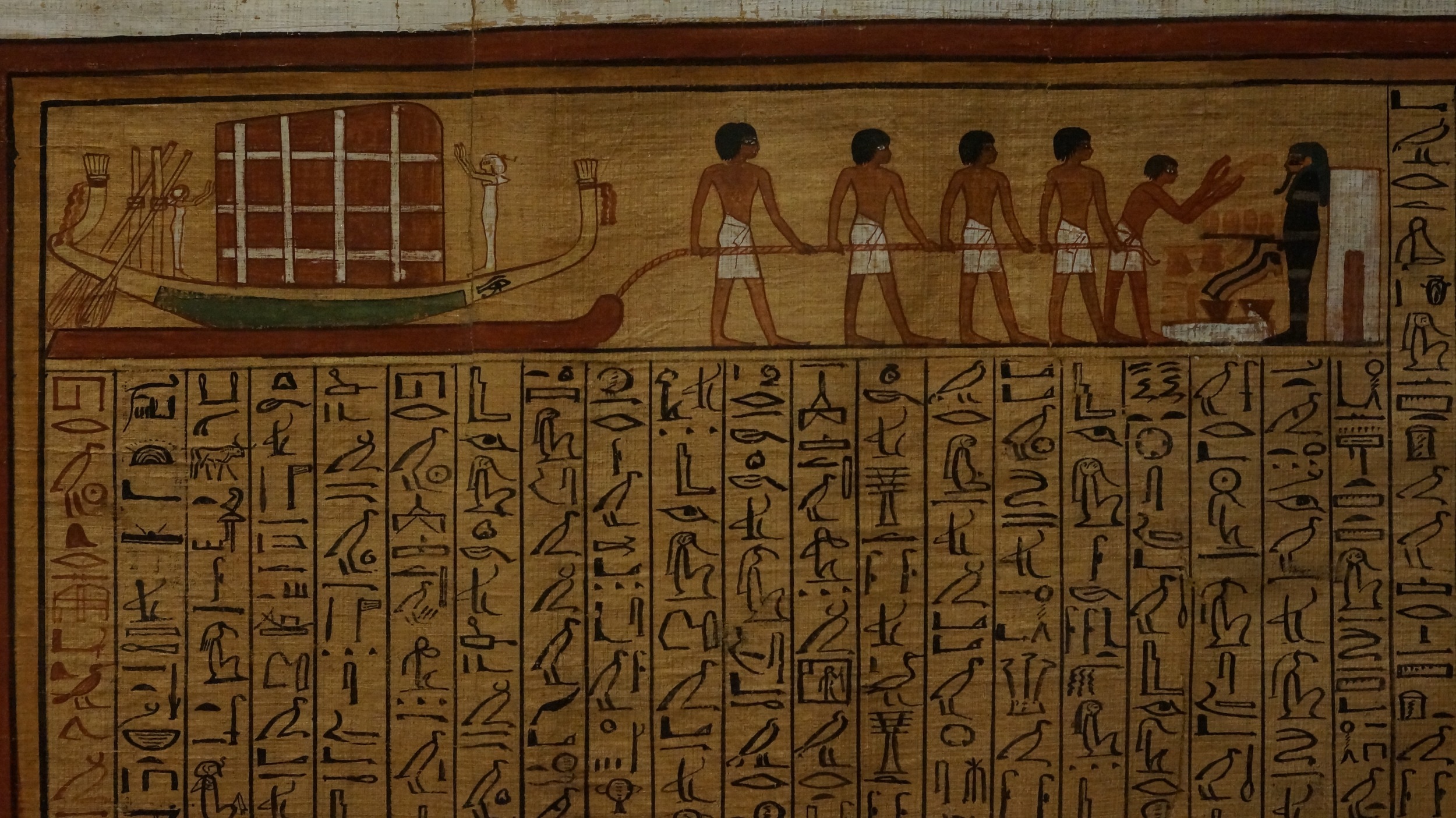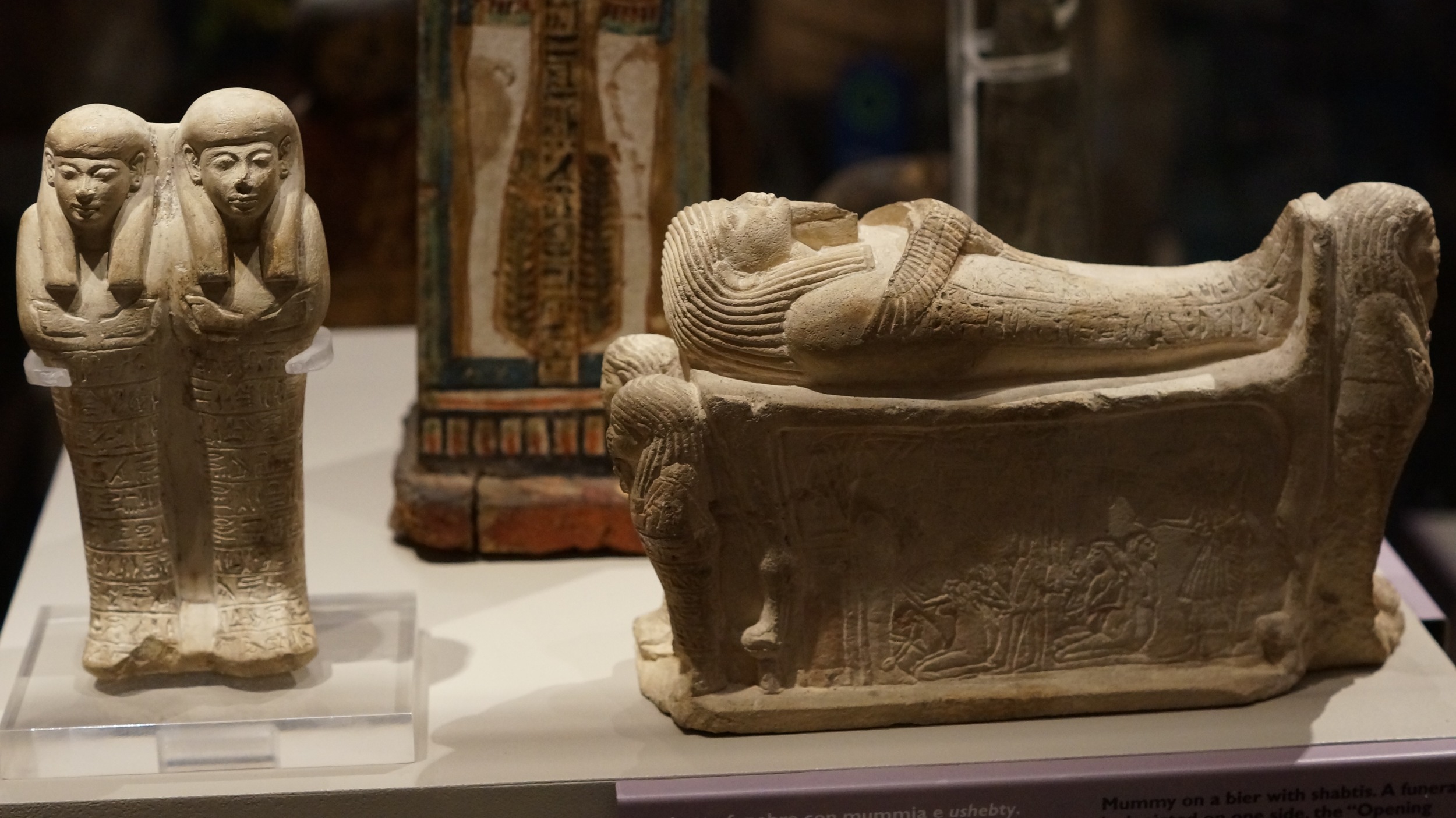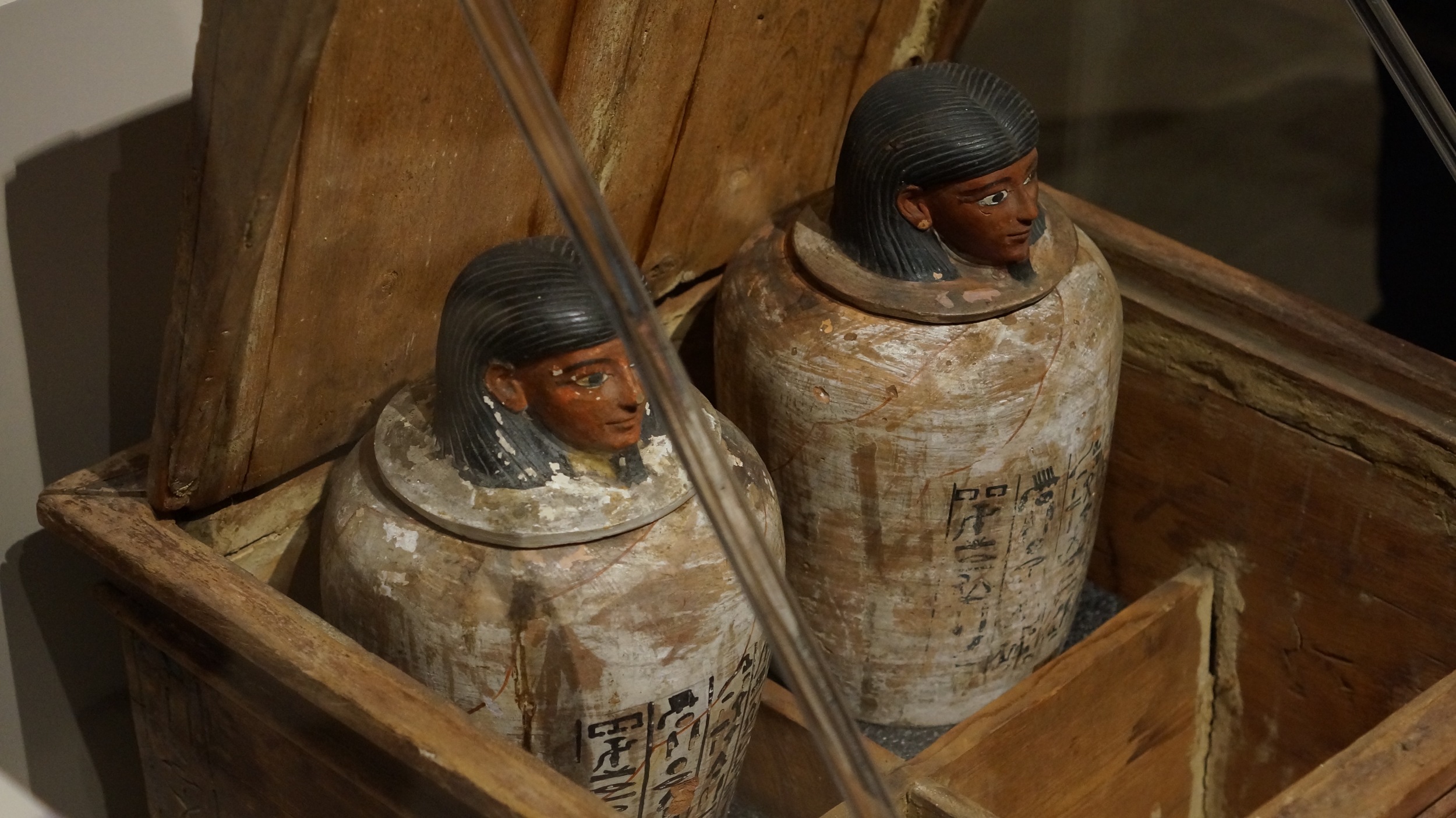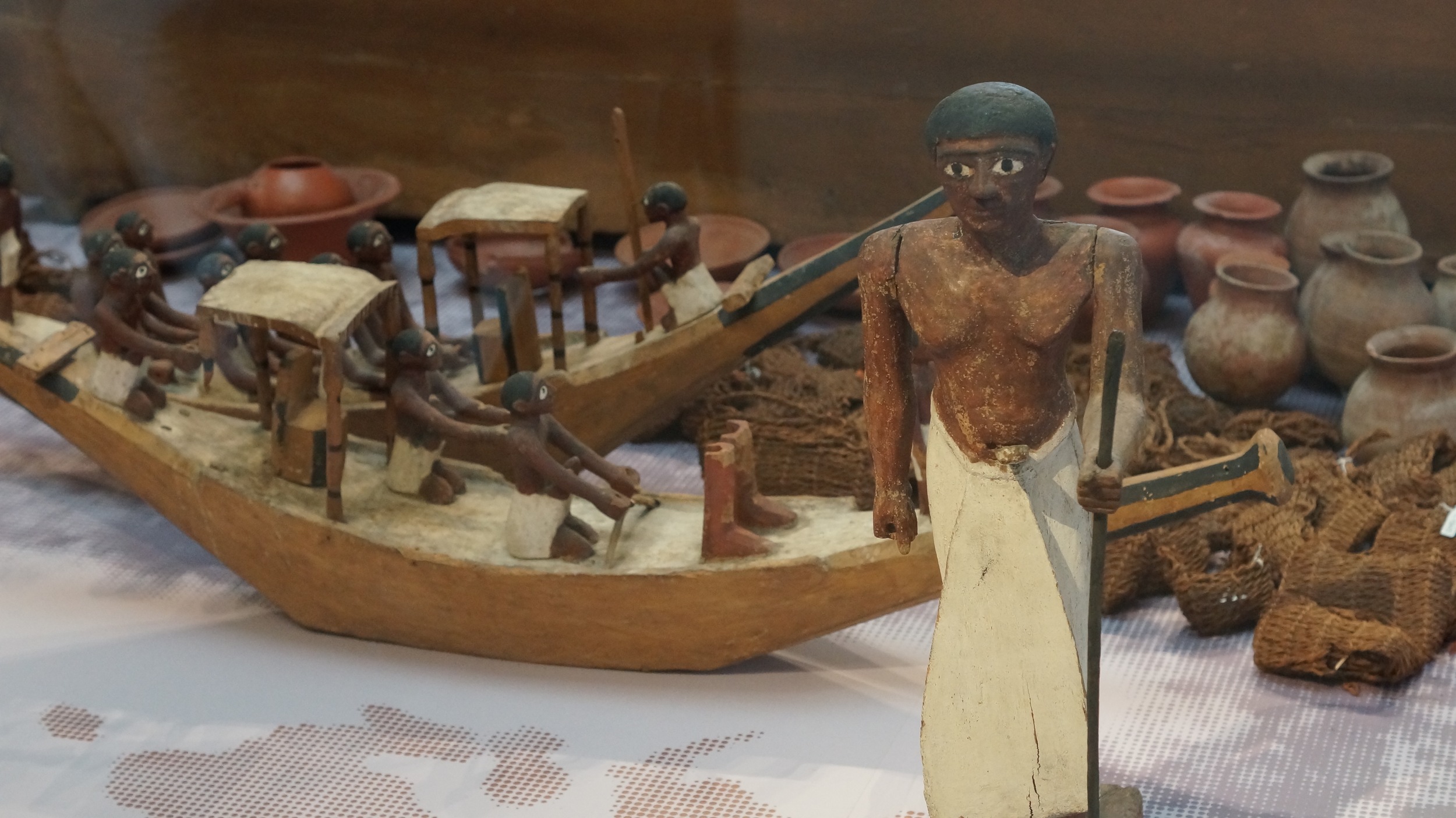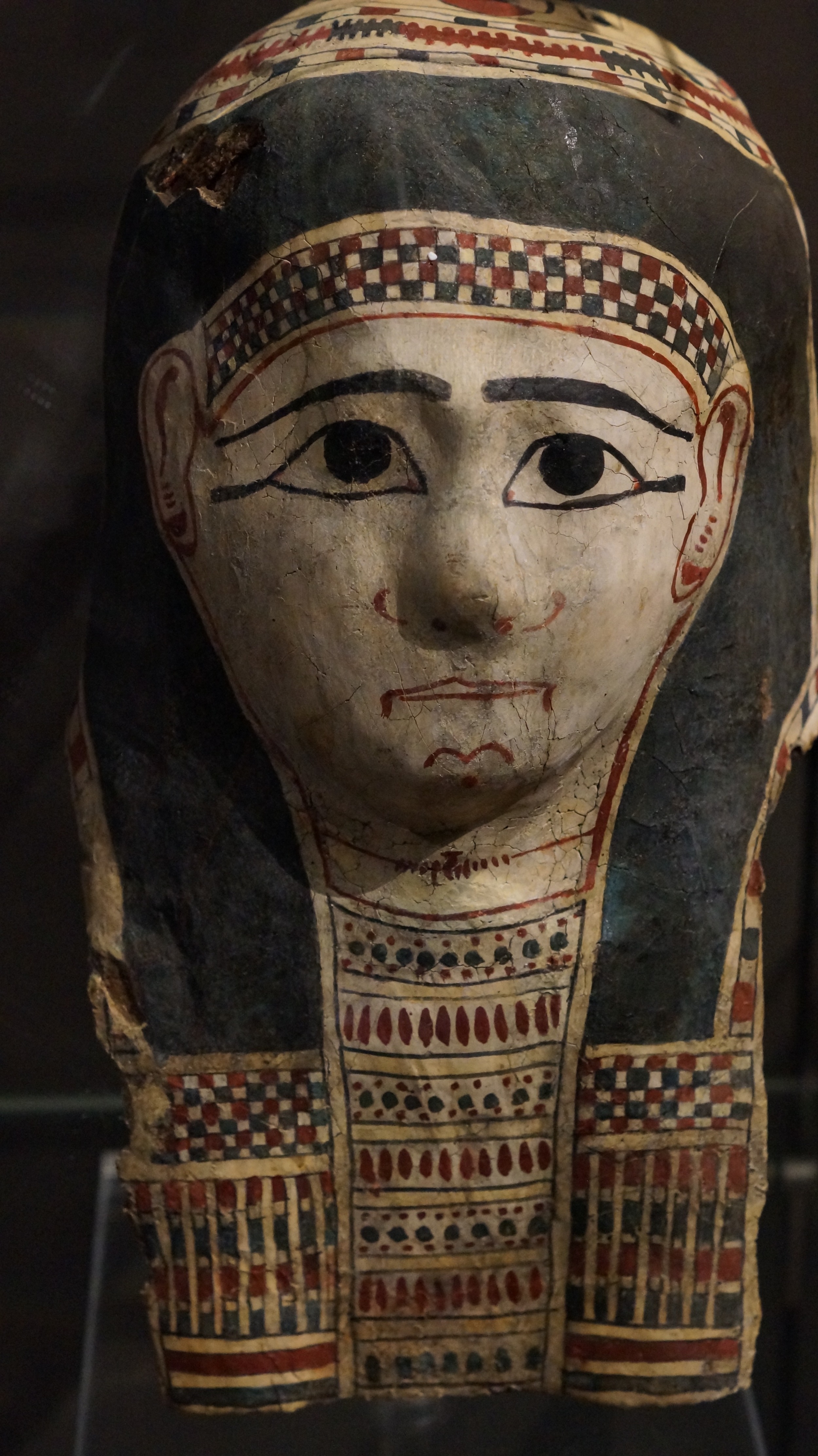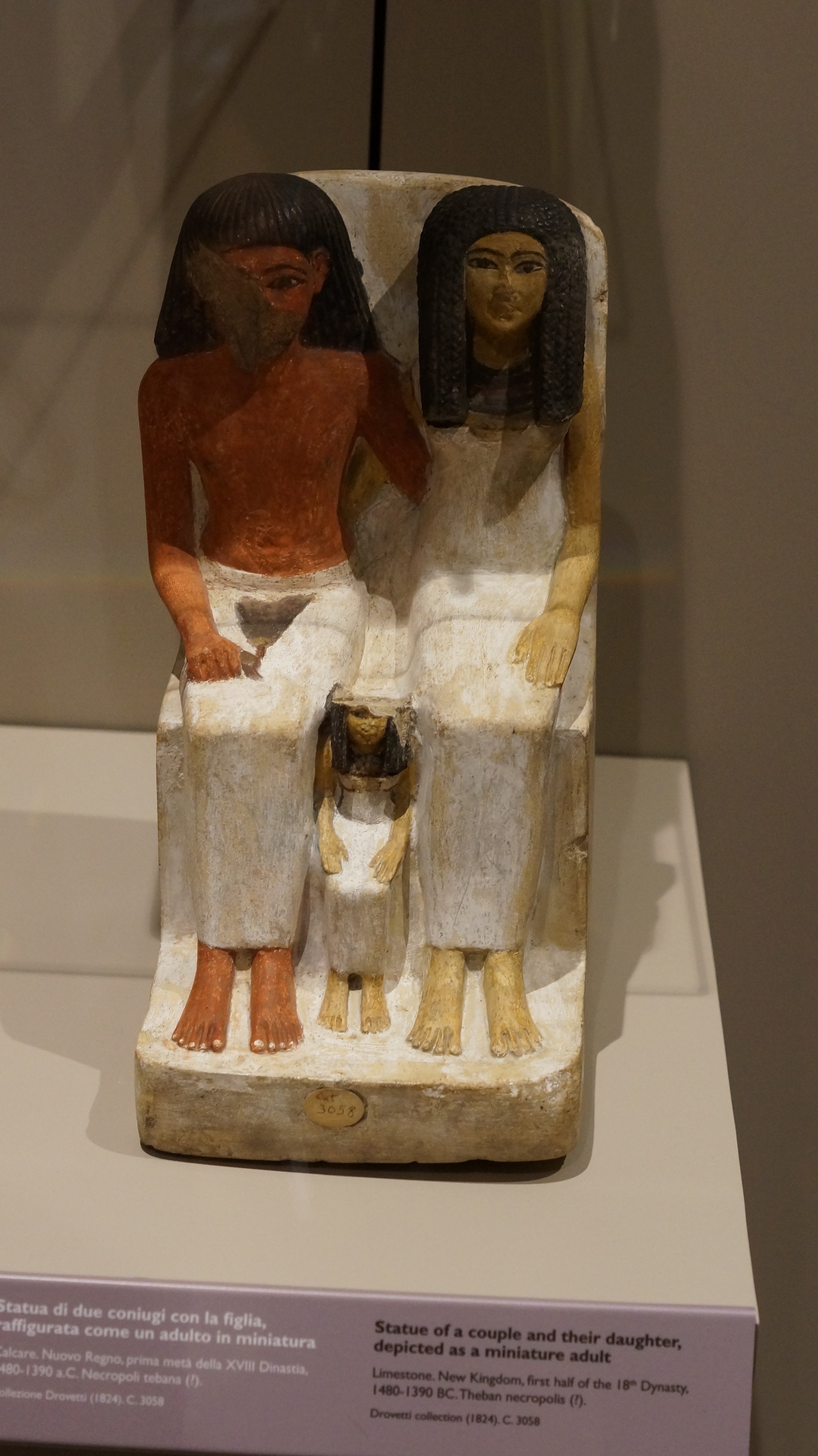Finally, the Cambridge Handbook on Western Mysticism and Esotericism is published
/No kidding, I wrote a piece on early Christian mysticism for this volume eight years ago. I don't even remember what I said! But now we will know because it has been published. It looks like a wonderful volume, worth having in your library.
Description of the handbook
Mysticism and esotericism are two intimately related strands of the Western tradition. Despite their close connections, however, scholars tend to treat them separately. Whereas the study of Western mysticism enjoys a long and established history, Western esotericism is a young field. The Cambridge Handbook of Western Mysticism and Esotericism examines both of these traditions together. The volume demonstrates that the roots of esotericism almost always lead back to mystical traditions, while the work of mystics was bound up with esoteric or occult preoccupations. It also shows why mysticism and esotericism must be examined together if either is to be understood fully. Including contributions by leading scholars, this volume features essays on such topics as alchemy, astrology, magic, Neoplatonism, Kabbalism, Renaissance Hermetism, Freemasonry, Rosicrucianism, numerology, Christian theosophy, spiritualism, and much more. This handbook serves as both a capstone of contemporary scholarship and a cornerstone of future research.
Contents and Contributors
Part I. Antiquity:
1. Ancient mysteries Charles Stein
2. Pythagoras and Pythagoreanism Joscelyn Godwin
3. Parmenides and Empedocles Jessica Elbert Decker and Matthew Mayock
4. Plato, Plotinus, and Neoplatonism Gwenaëlle Aubry
5. Hermetism and Gnosticism Roelof van den Broek
6. Early Jewish mysticism Daphna Arbel
7. Early Christian mysticism April D. Deconick
Part II. The Middle Ages:
8. Sufism William C. Chittick
9. Kabbalah Brian Ogren
10. Medieval Christian mysticism Bruce Milem
11. Hildegard of Bingen and women's mysticism Anne L. Clark
Part III. The Renaissance and Early Modernity:
12. Renaissance Hermetism Antoine Faivre
13. Christian Kabbalah Peter J. Forshaw
14. Paracelsianism Bruce T. Moran
15. Rosicrucianism Hereward Tilton
16. Jacob Boehme and Christian theosophy Glenn Alexander Magee
17. Freemasonry Jan A. M. Snoek
18. Swedenborg and Swedenborgianism Jane Williams-Hogan
19. Mesmer and animal magnetism Adam Crabtree
Part IV. The Nineteenth Century and Beyond:
20. Spiritualism Cathy Gutierrez
21. H. P. Blavatsky and theosophy Michael Gomes
22. Rudolf Steiner and anthroposophy Robert McDermott
23. The Golden Dawn and the O.T.O. Egil Asprem
24. G. I. Gurdjieff and the Fourth Way Glenn Alexander Magee
25. C. G. Jung and Jungianism Gerhard Wehr
26. René Guénon and traditionalism Mark Sedgwick
27. Via Negativa in the twentieth century Arthur Versluis
28. Contemporary Paganism Chas S. Clifton
29. The new age Olav Hammer
Part V. Common Threads:
30. Alchemy Lawrence M. Principe
31. Astrology Kocku von Stuckrad
32. Gnosis Wouter J. Hanegraaff
33. Magic Wouter J. Hanegraaff
34. Mathematical esotericism Jean-Pierre Brach
35. Panpsychism Lee Irwin
36. Sexuality Hugh B. Urban










































































